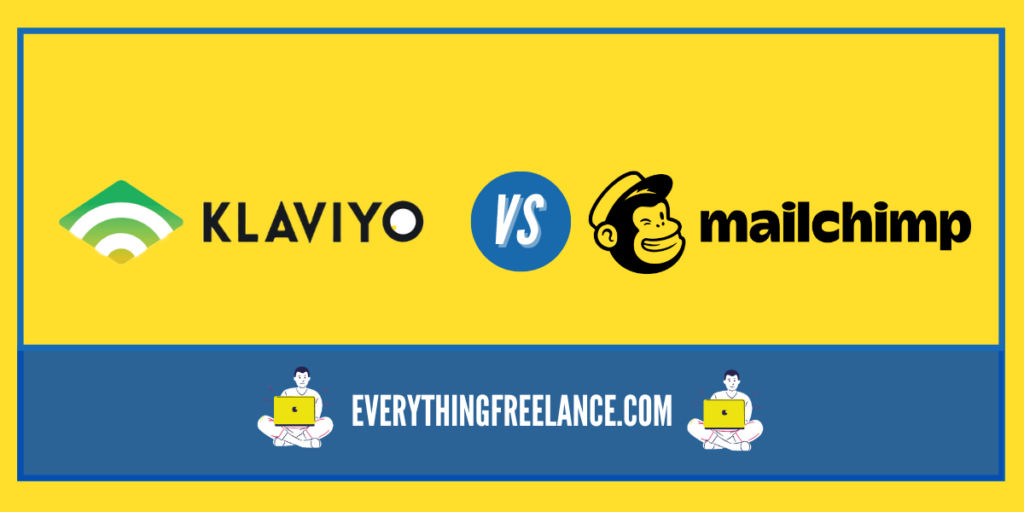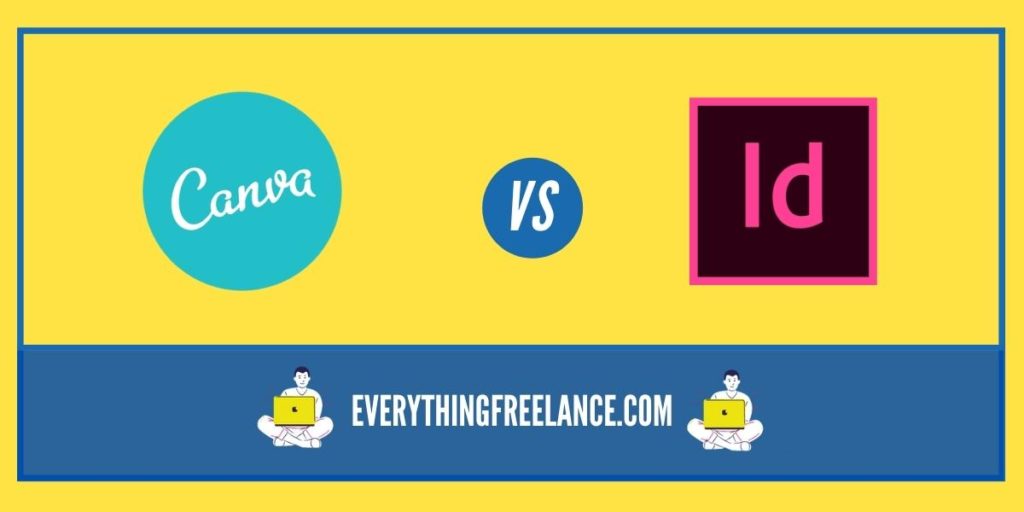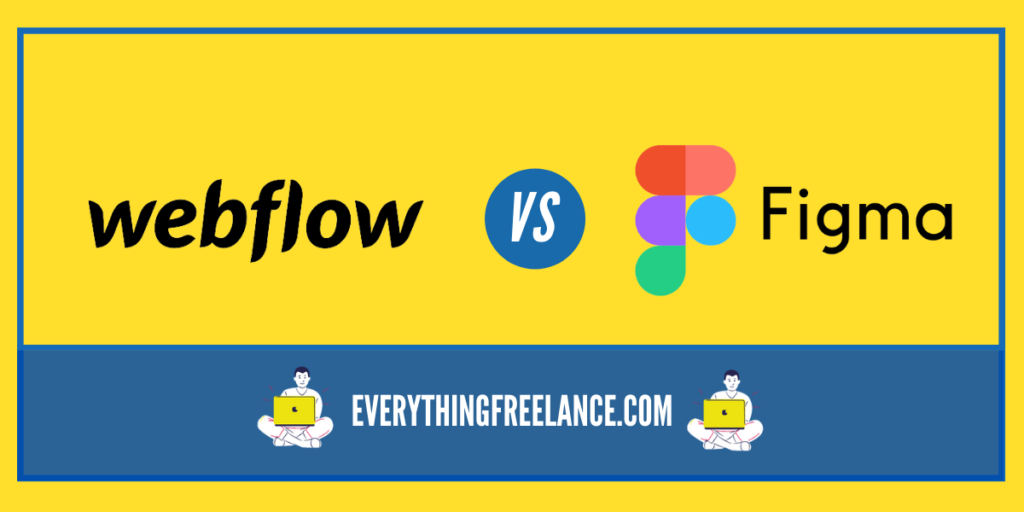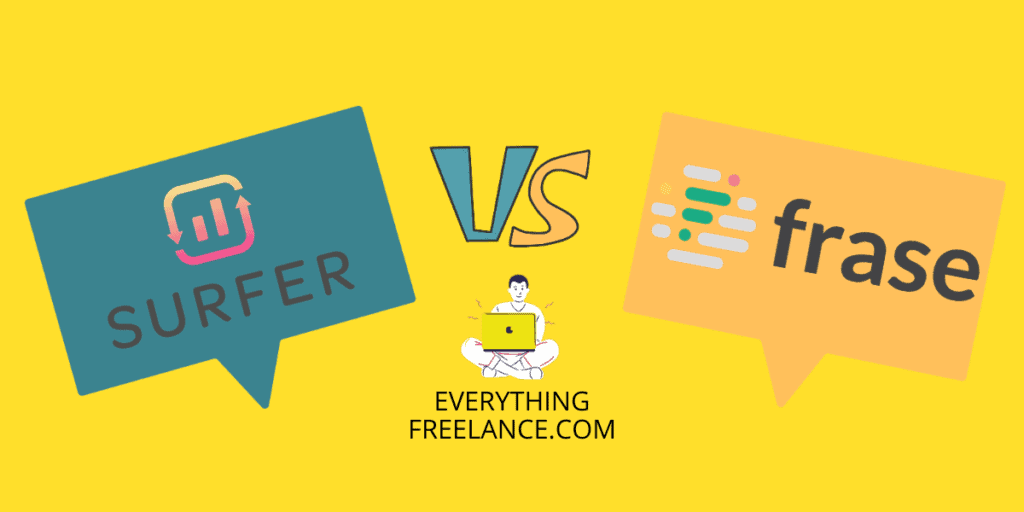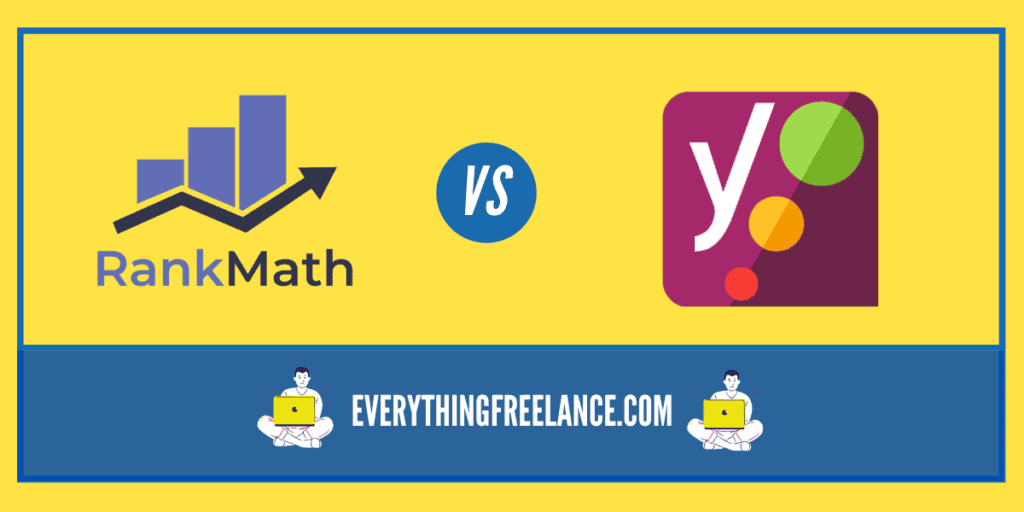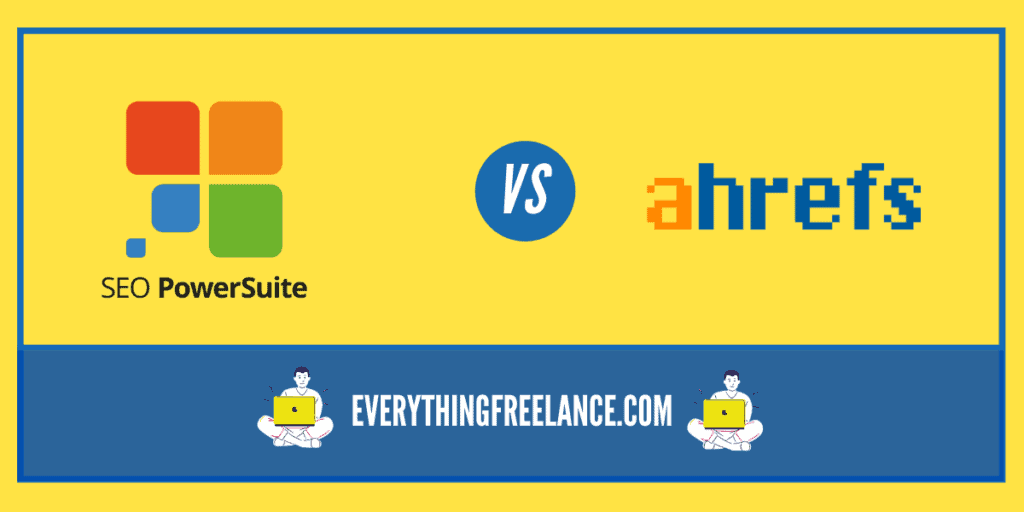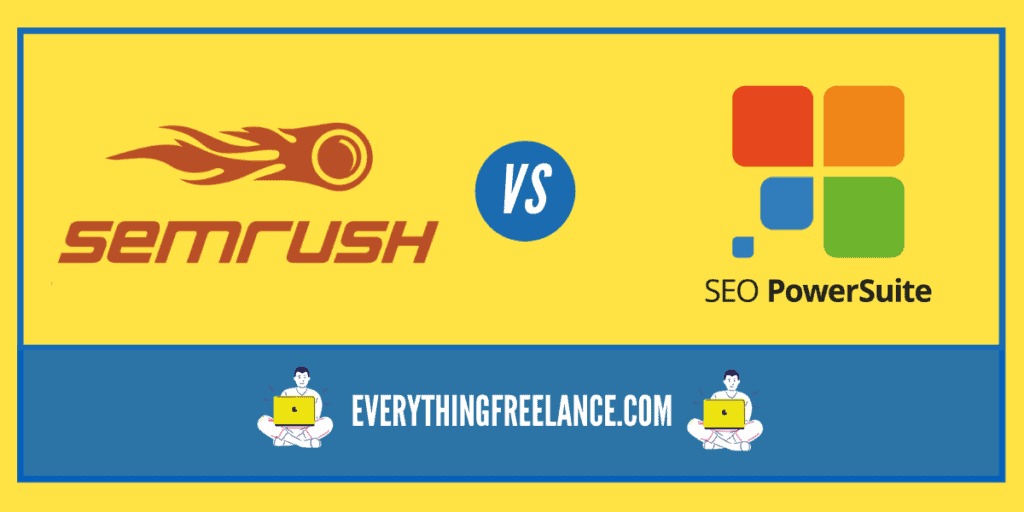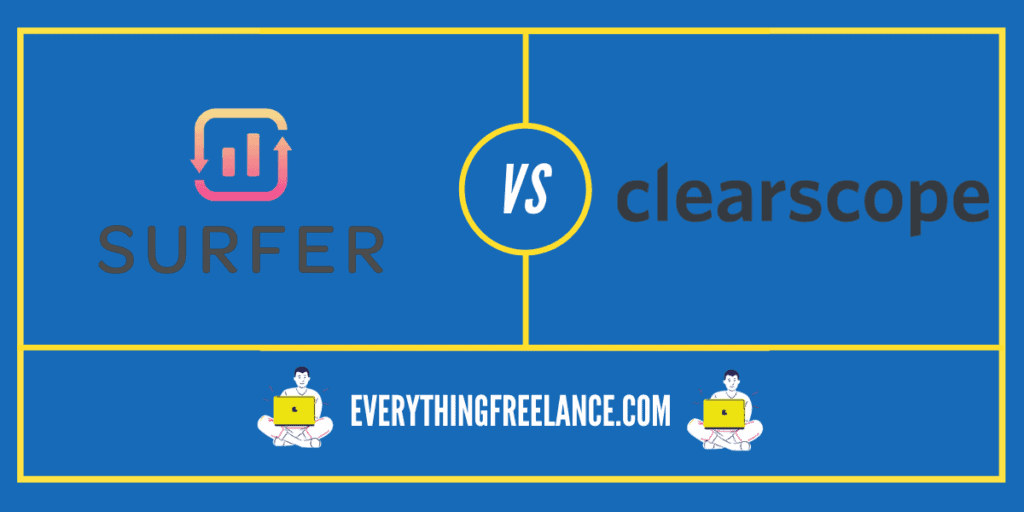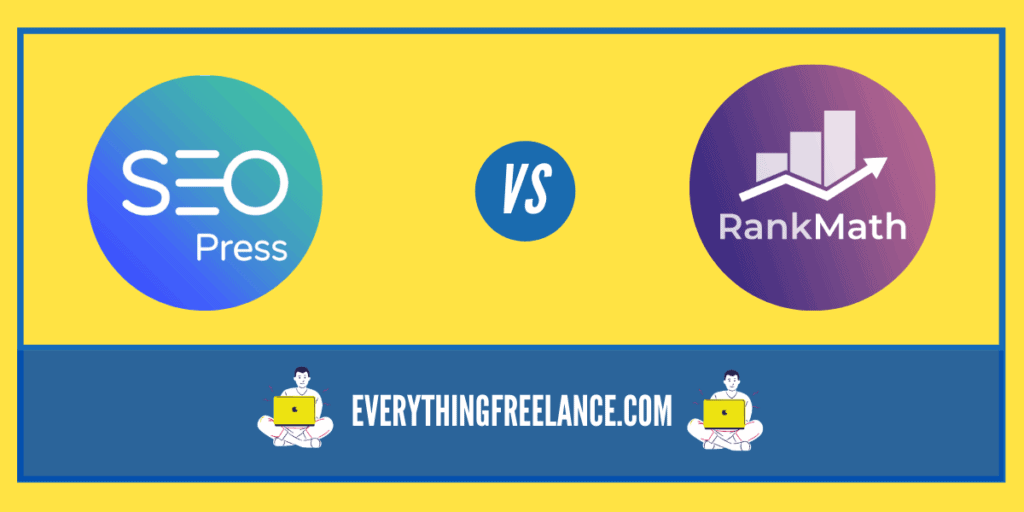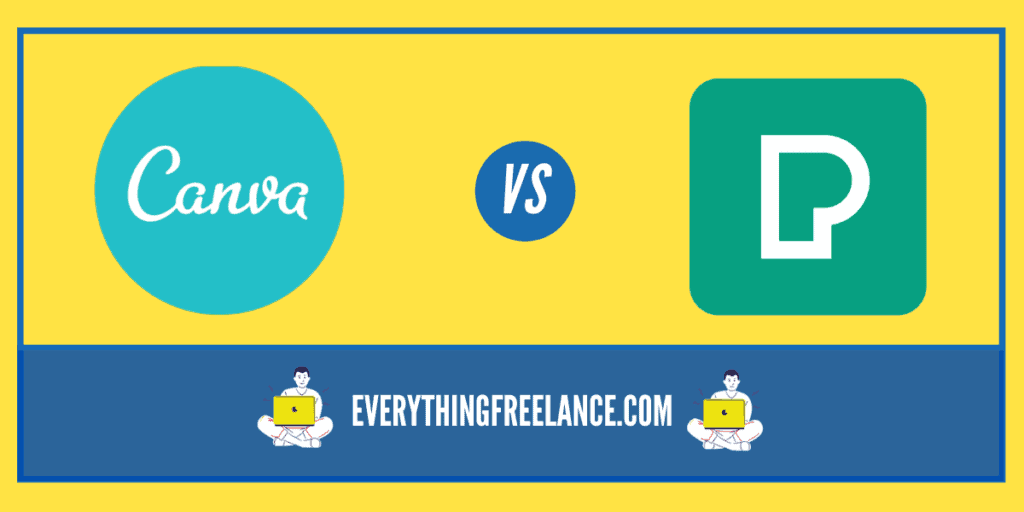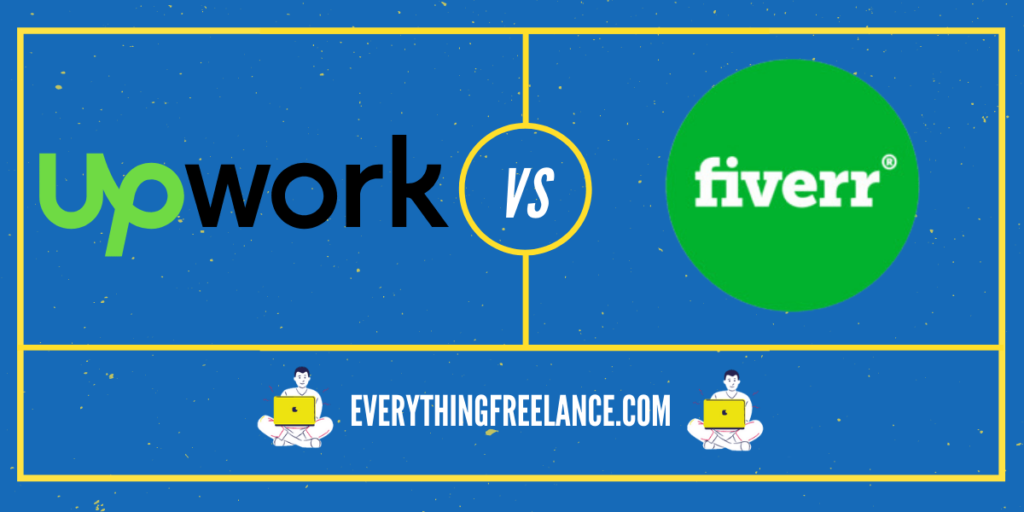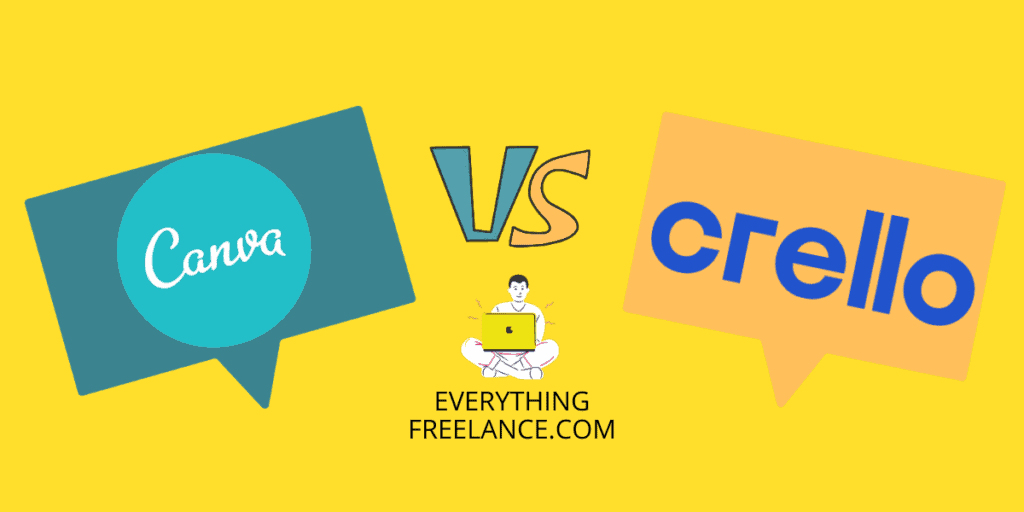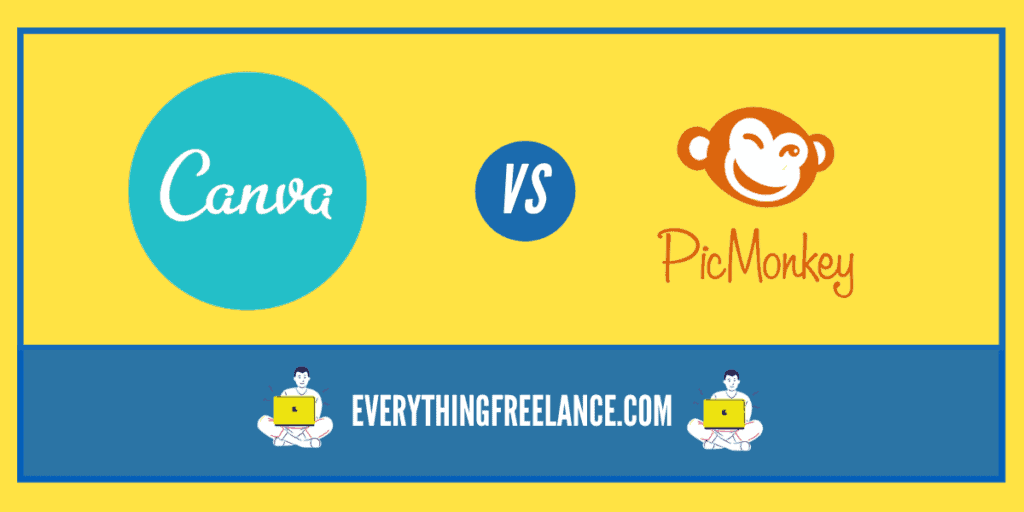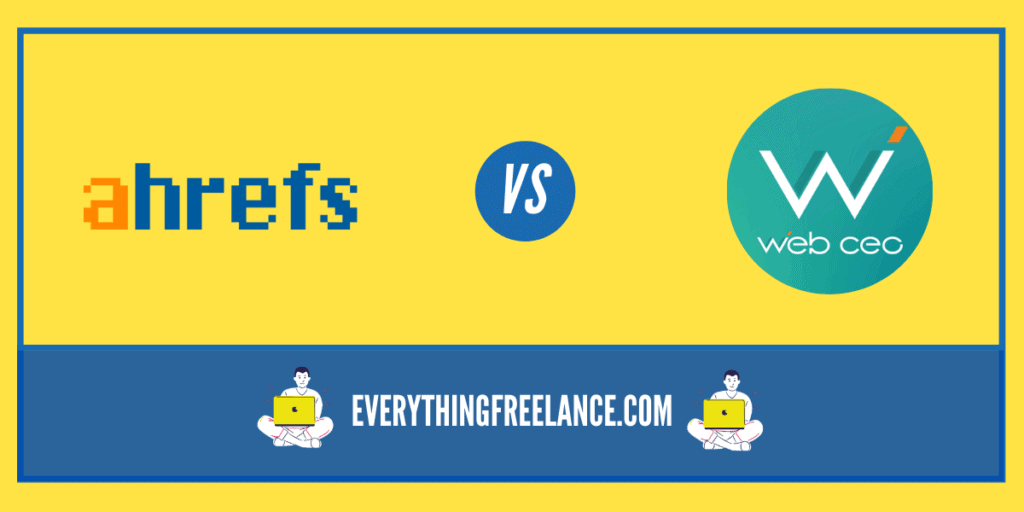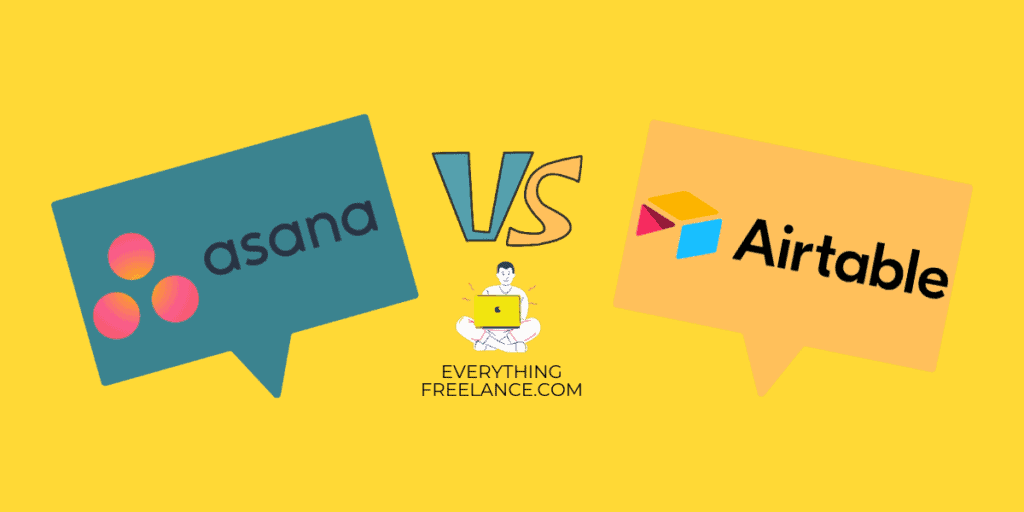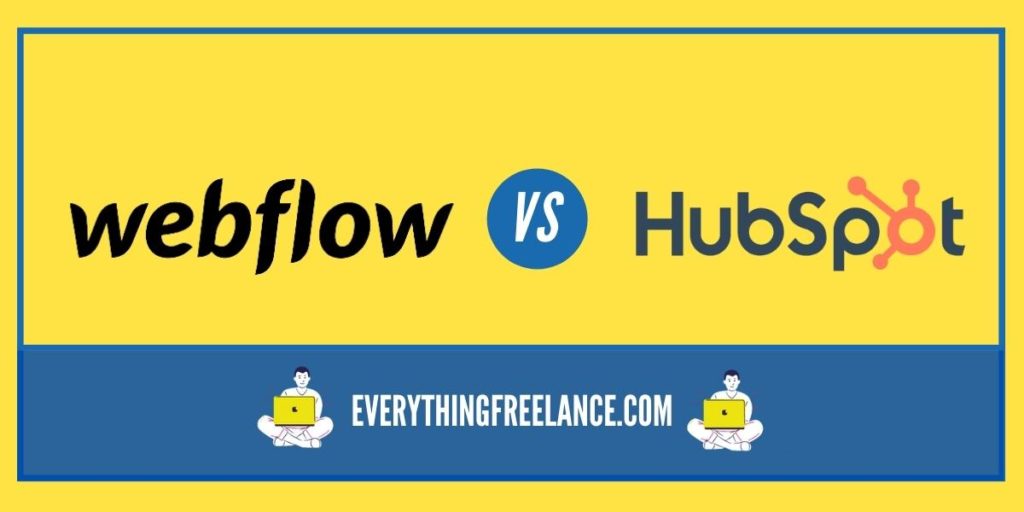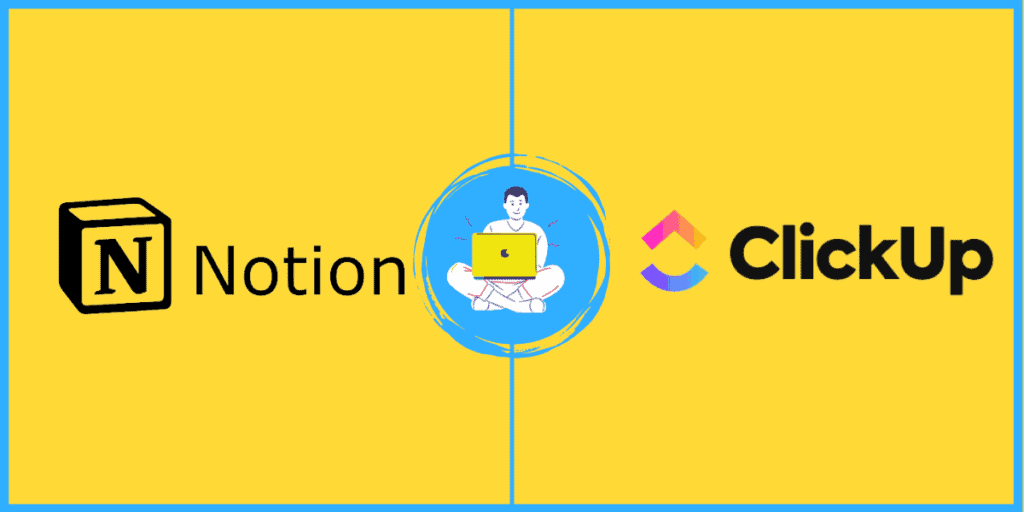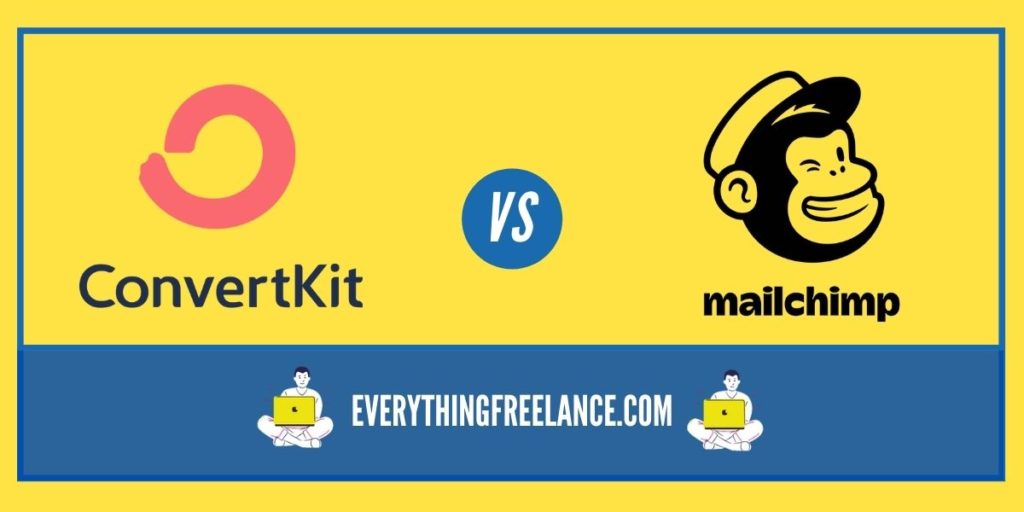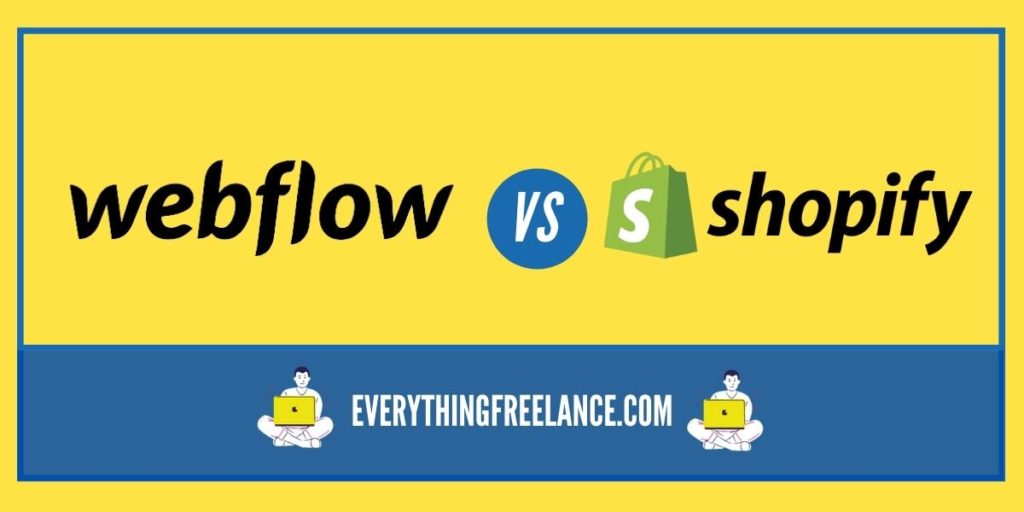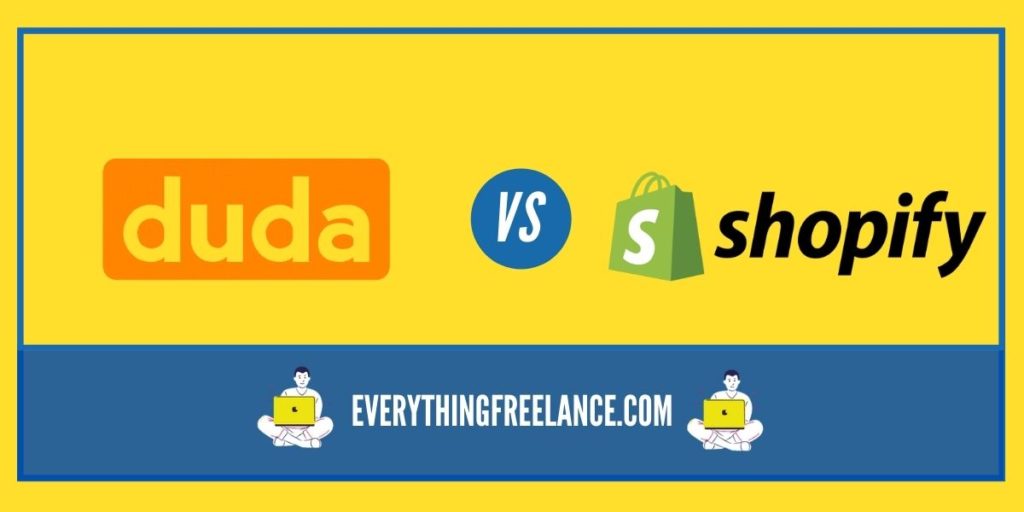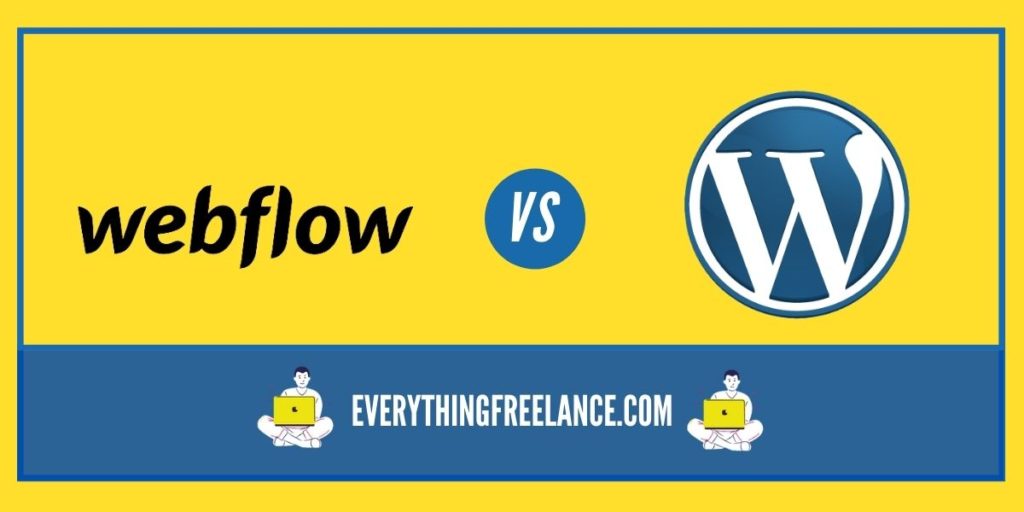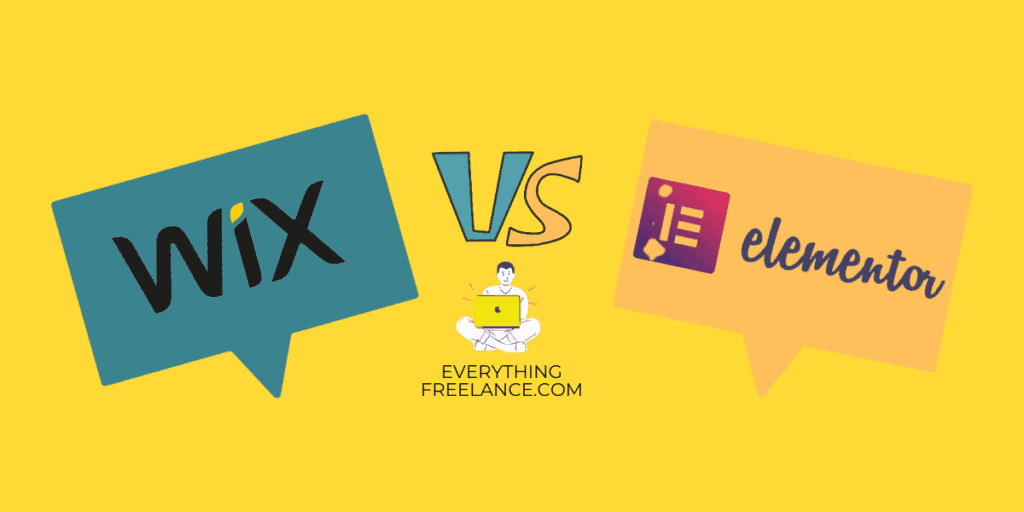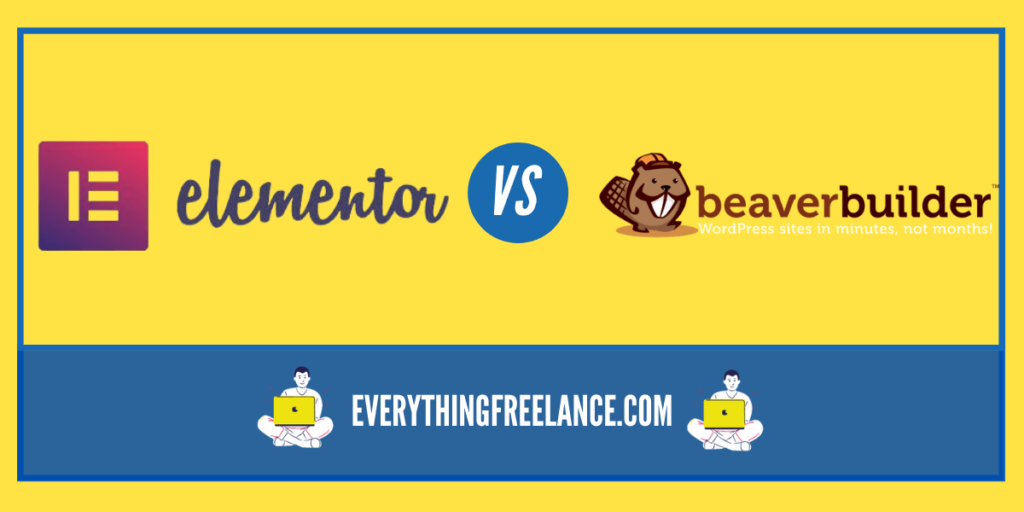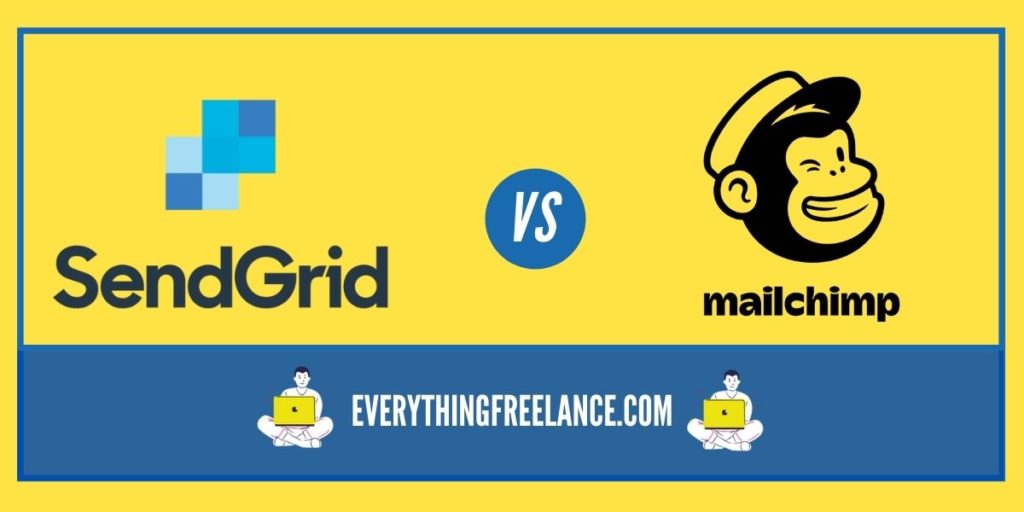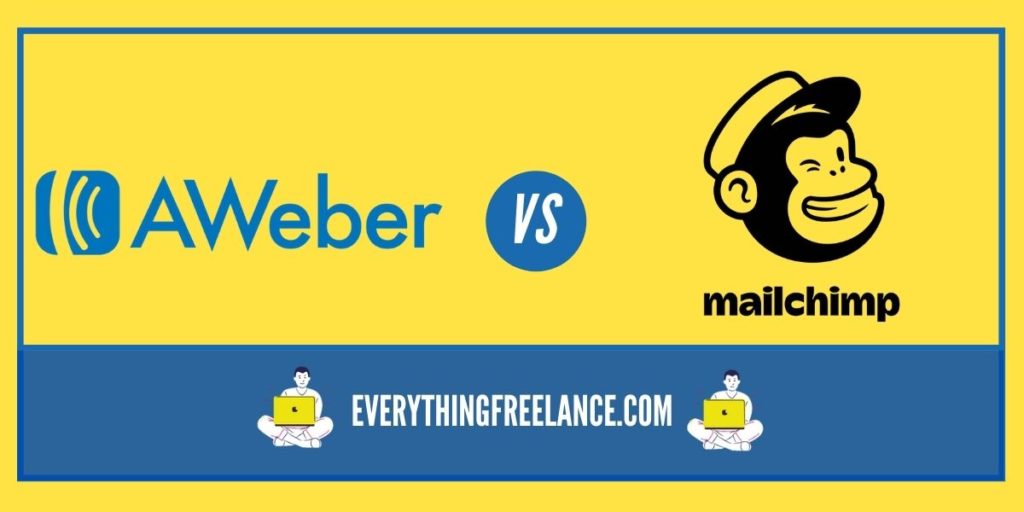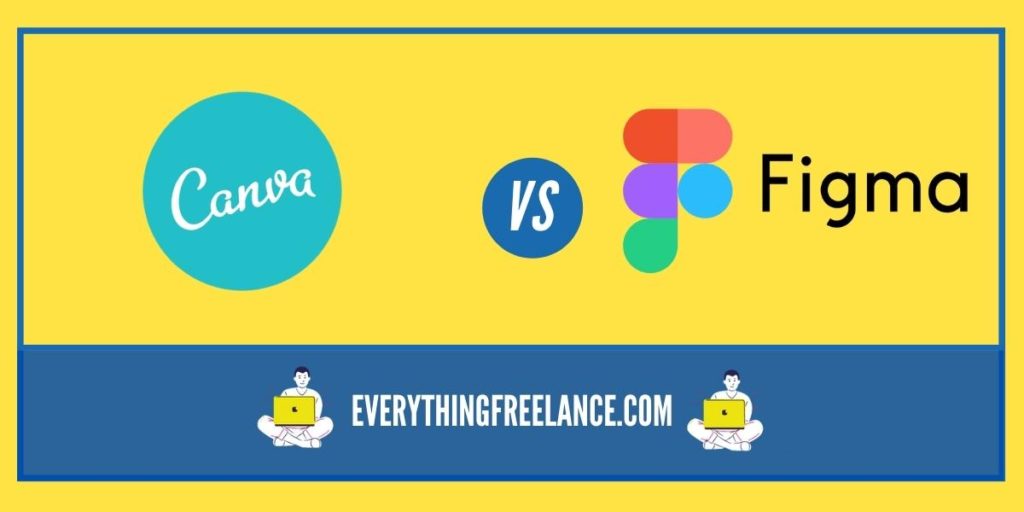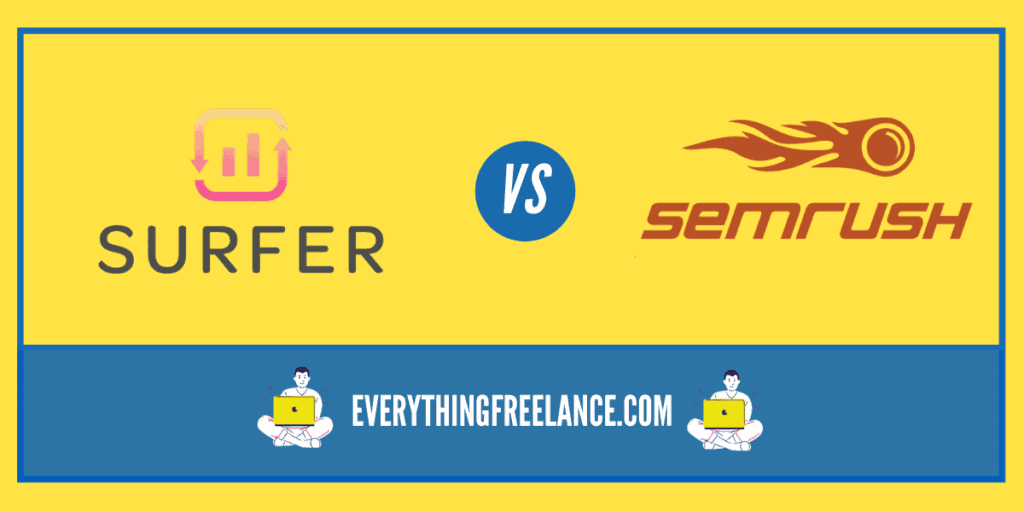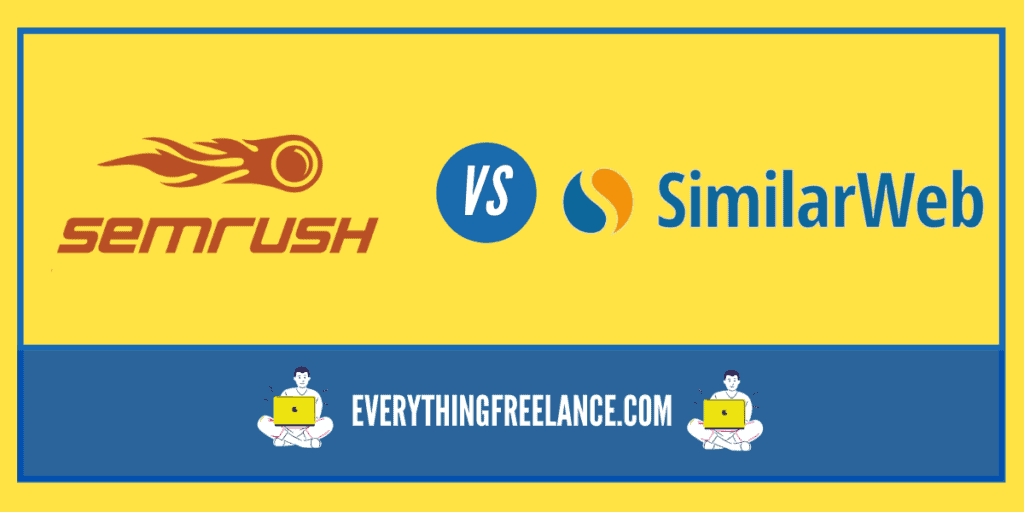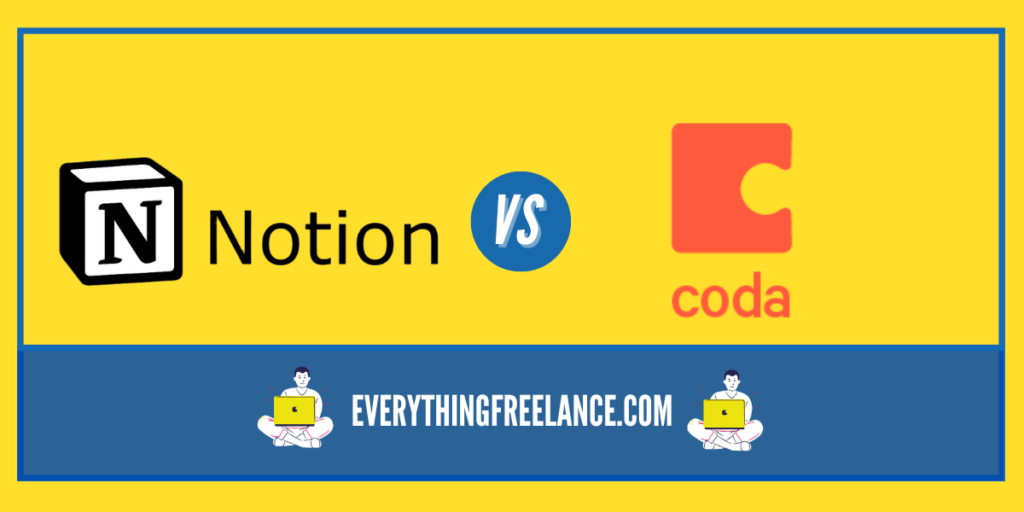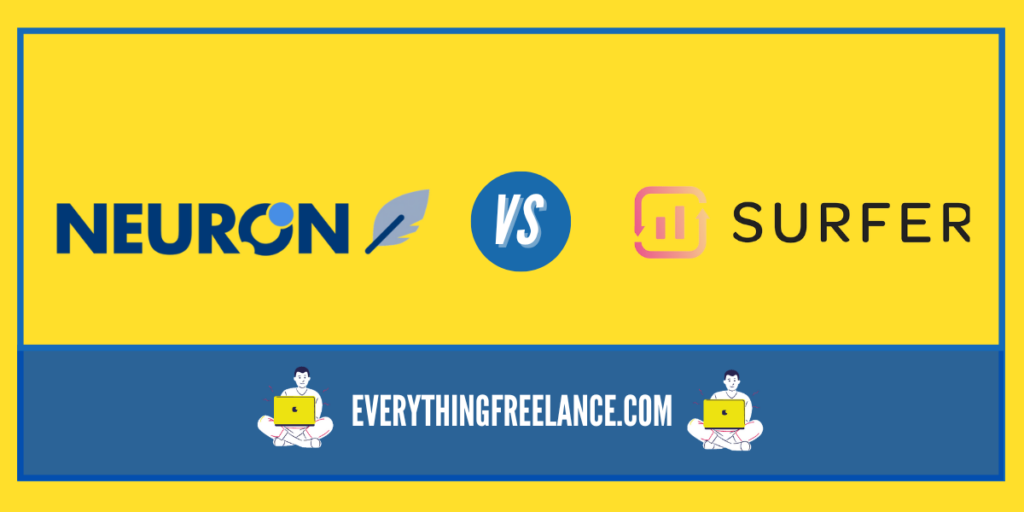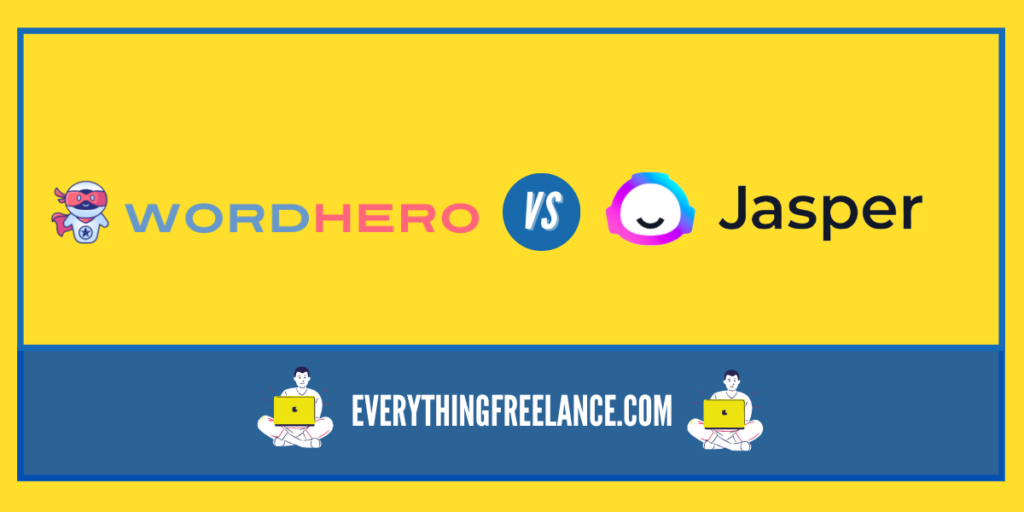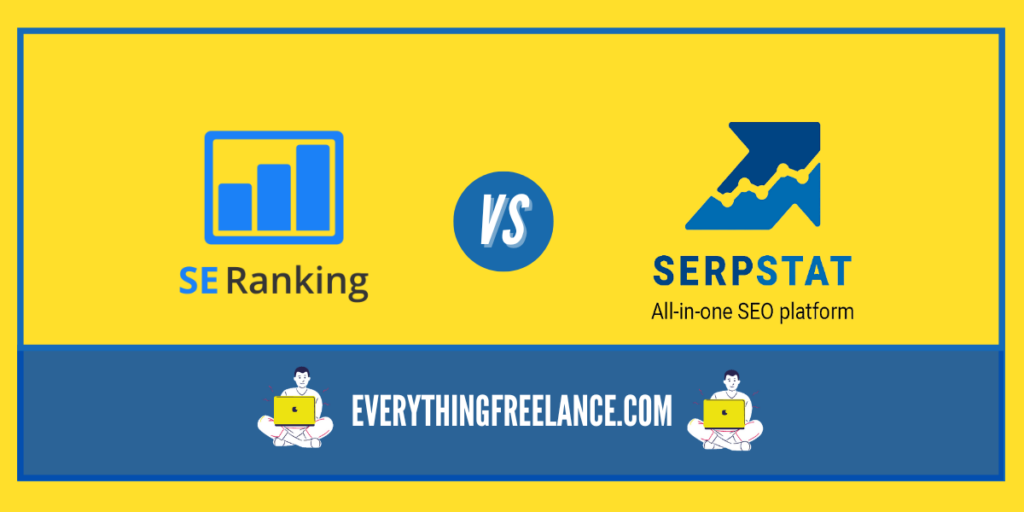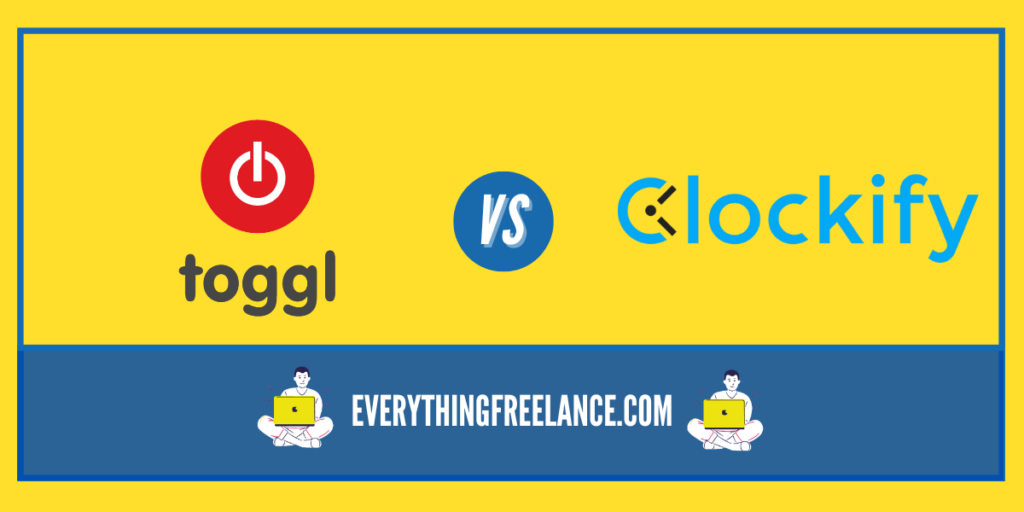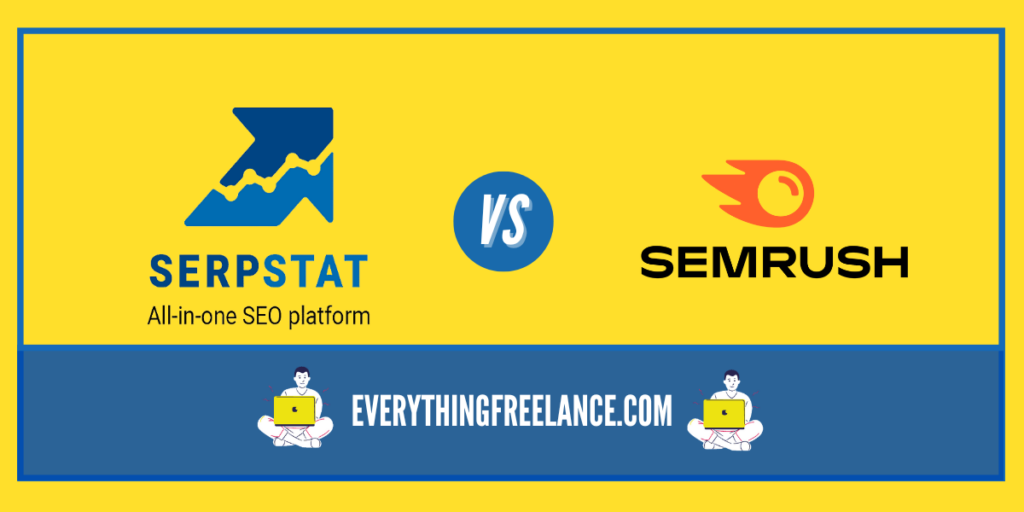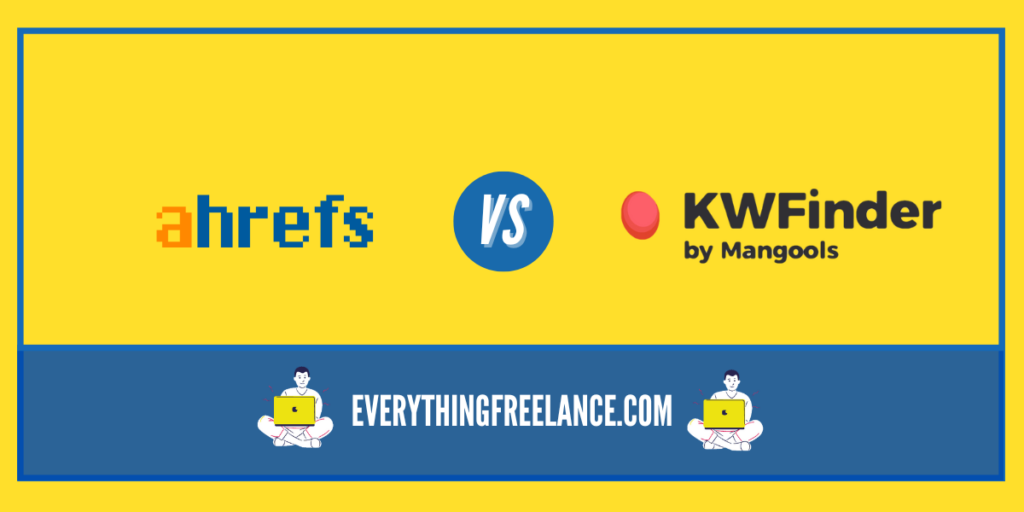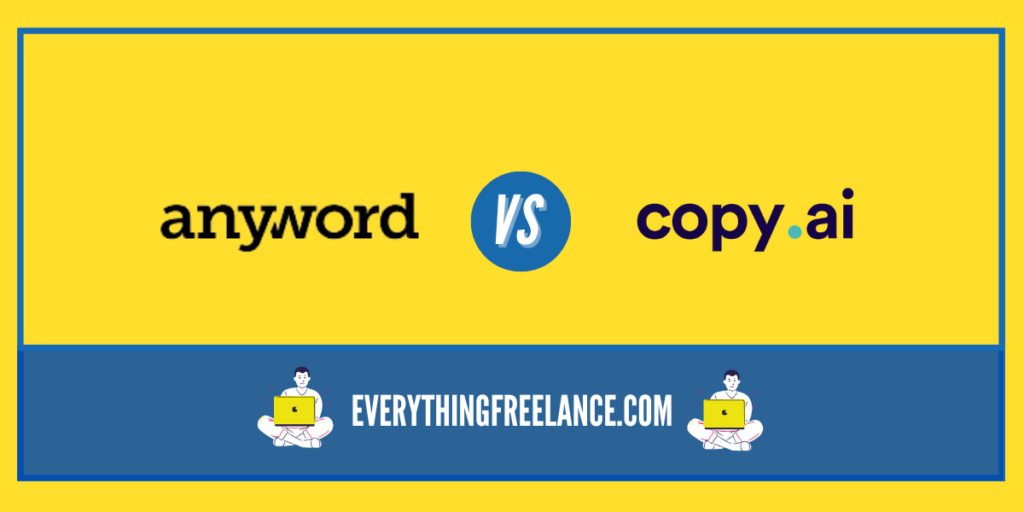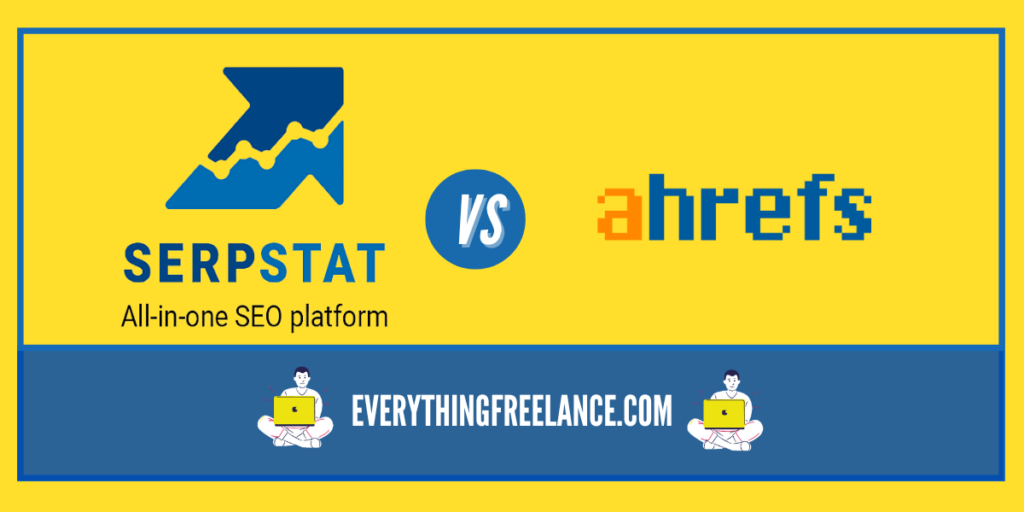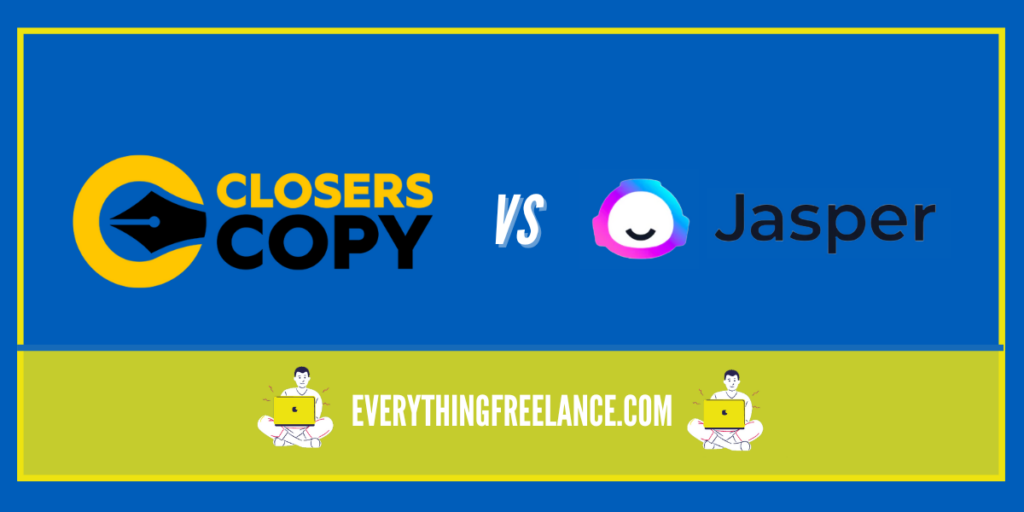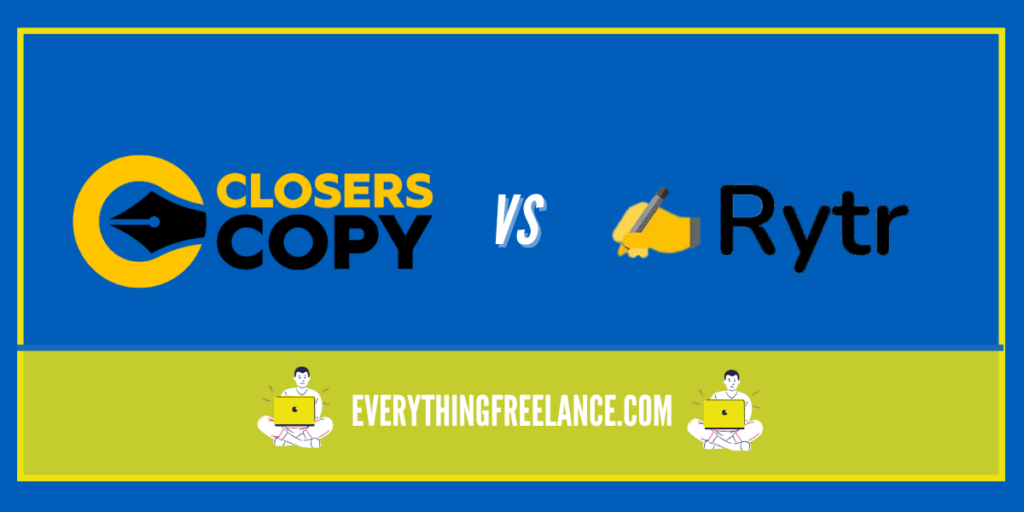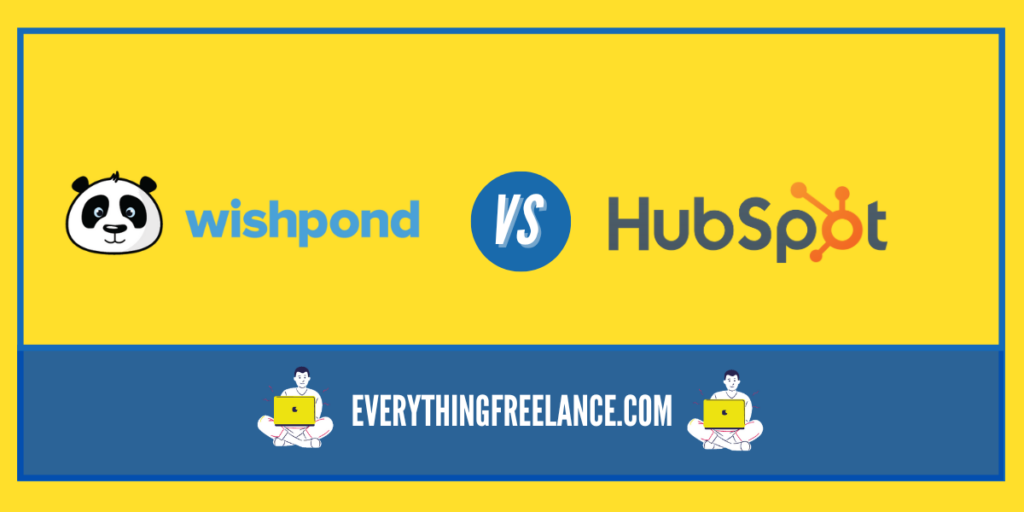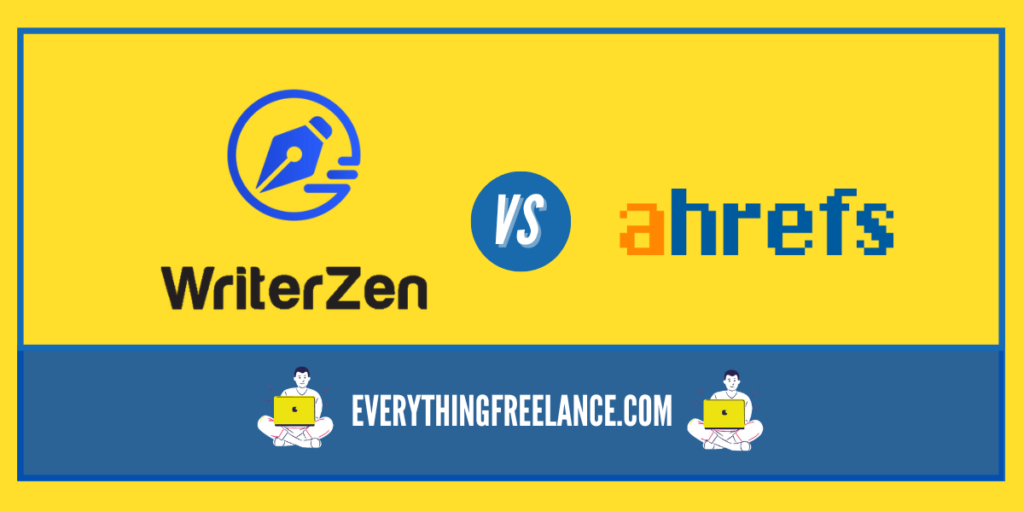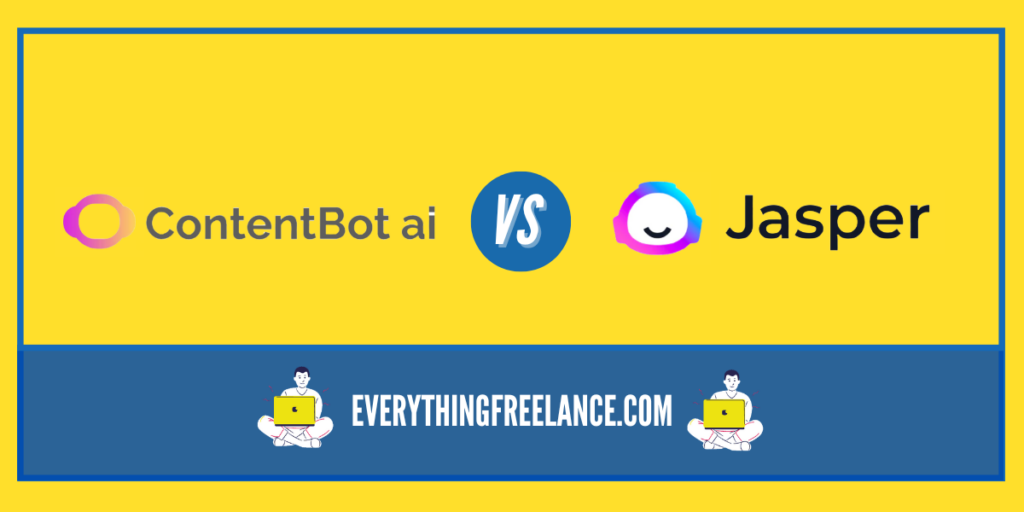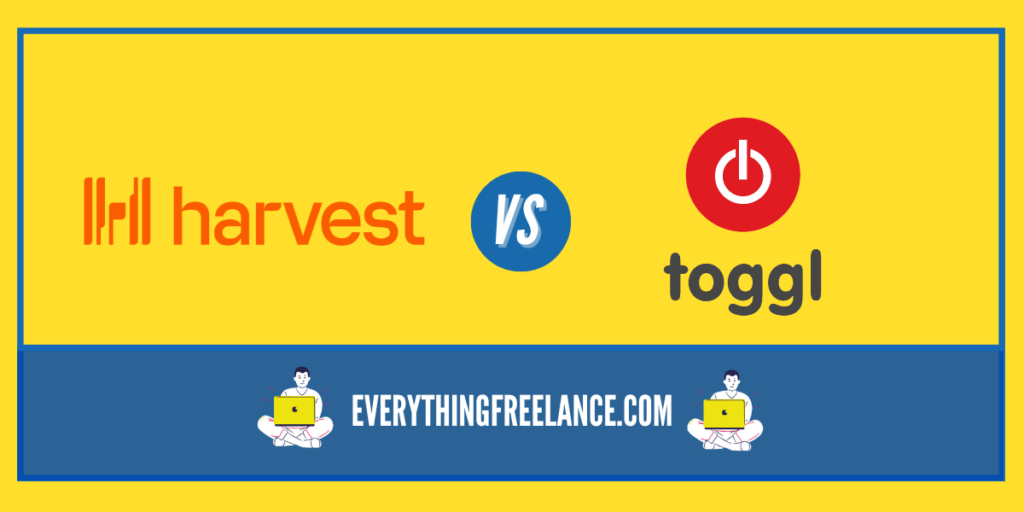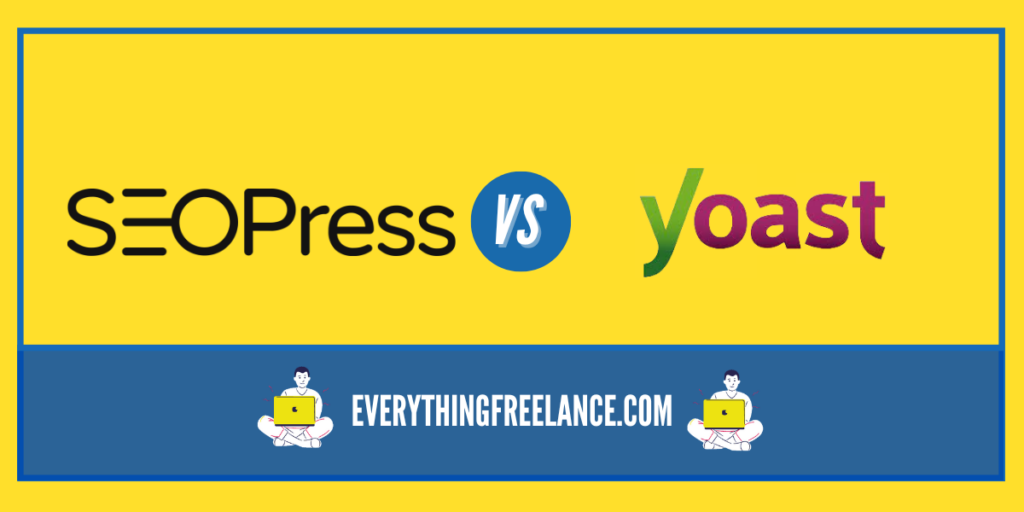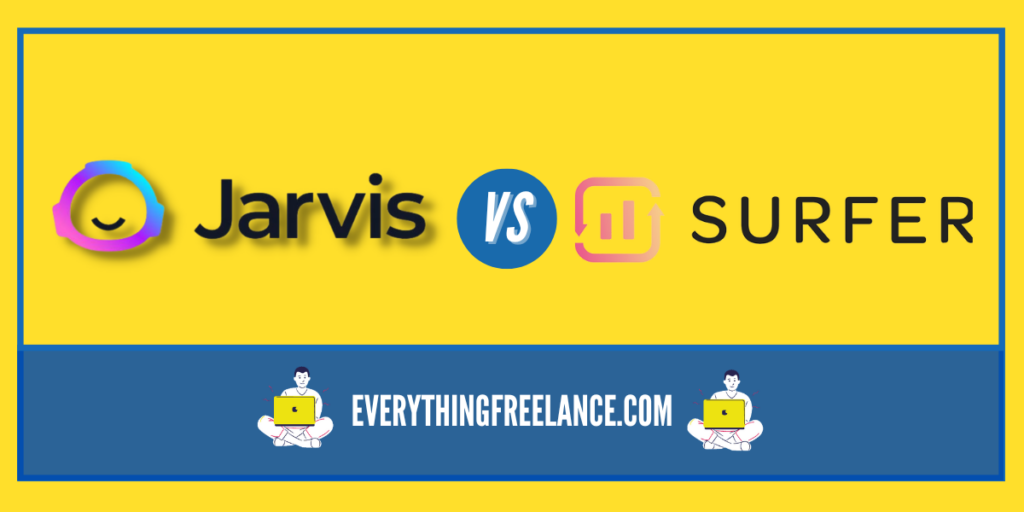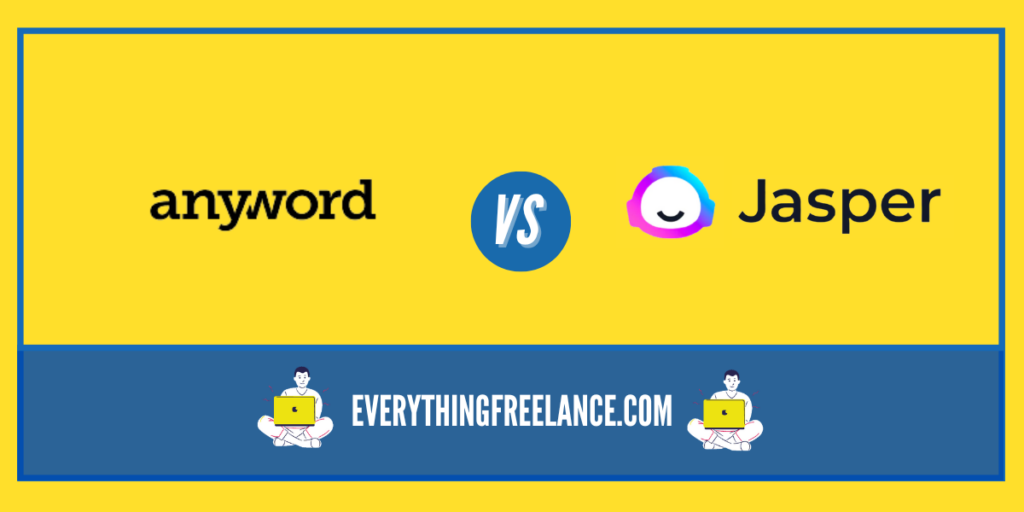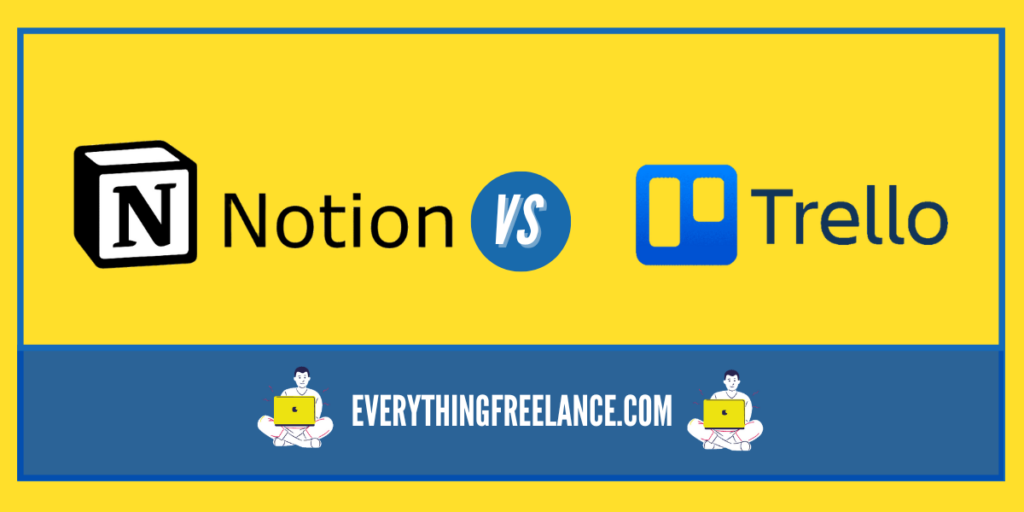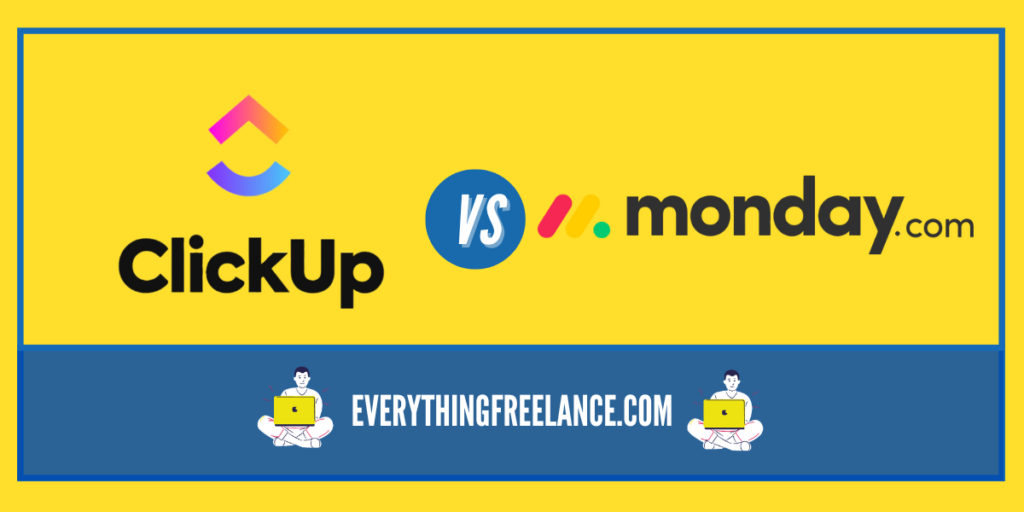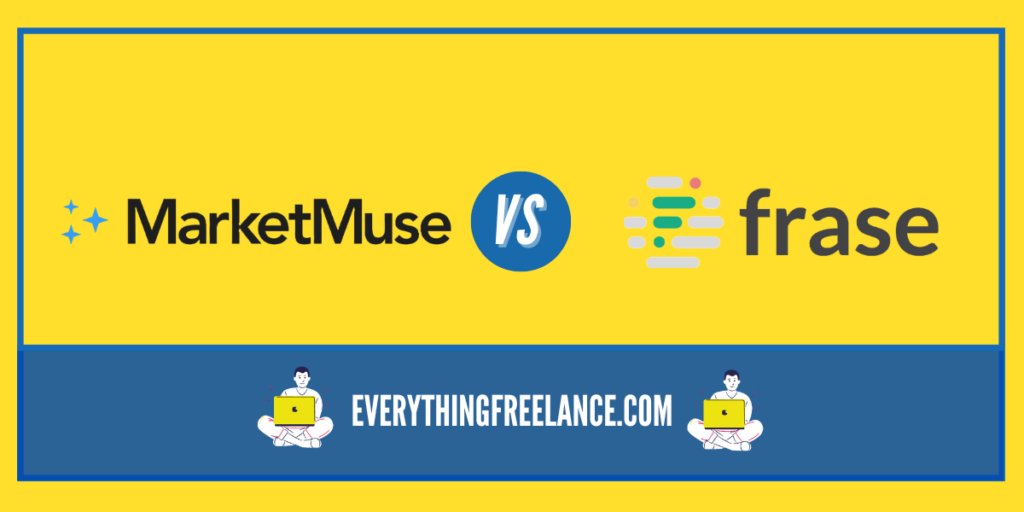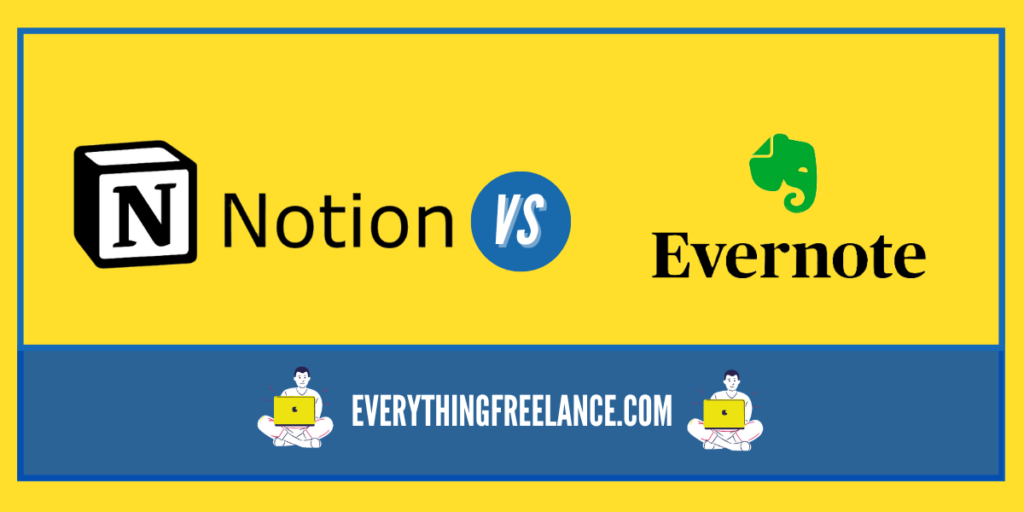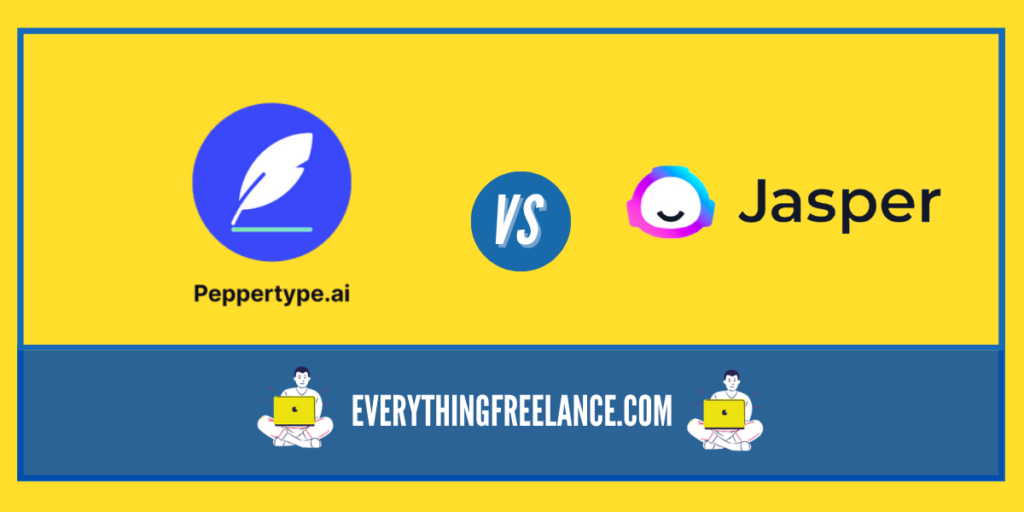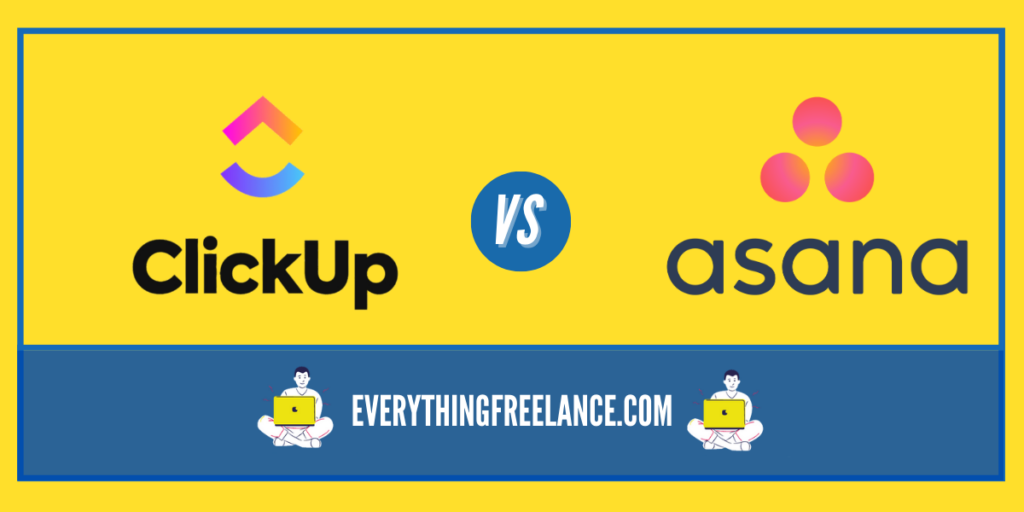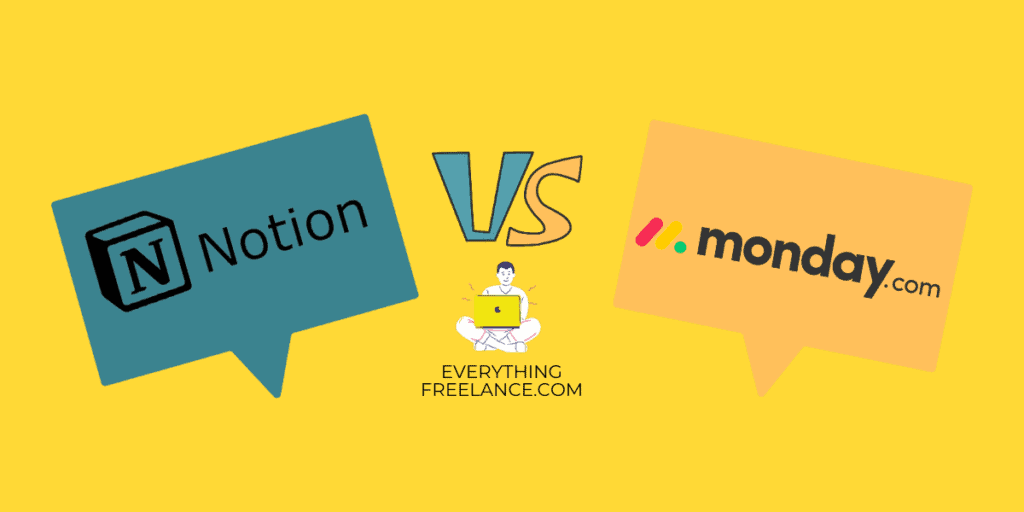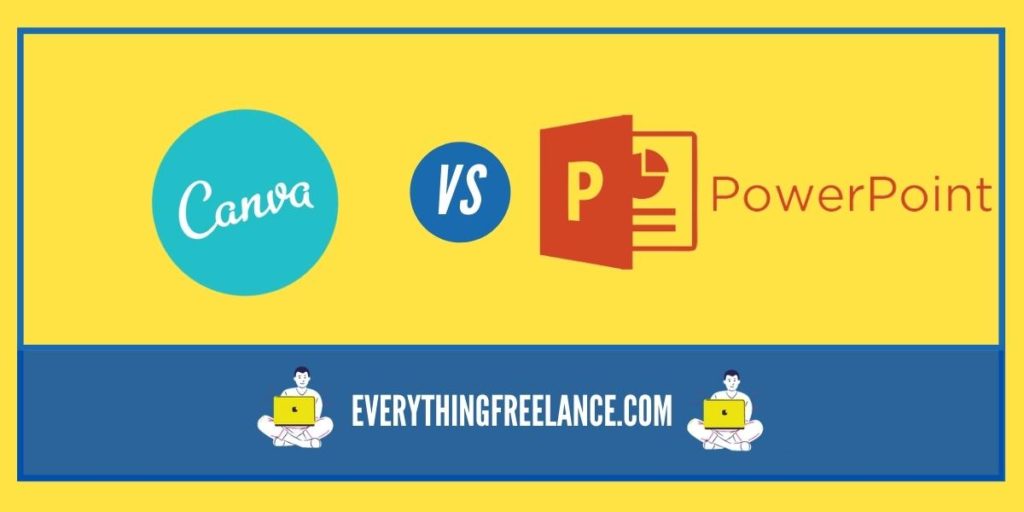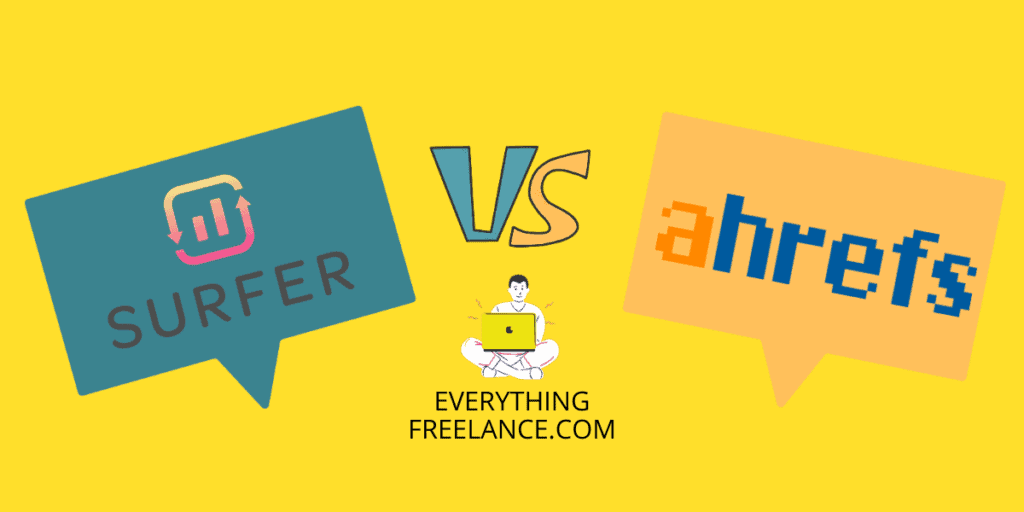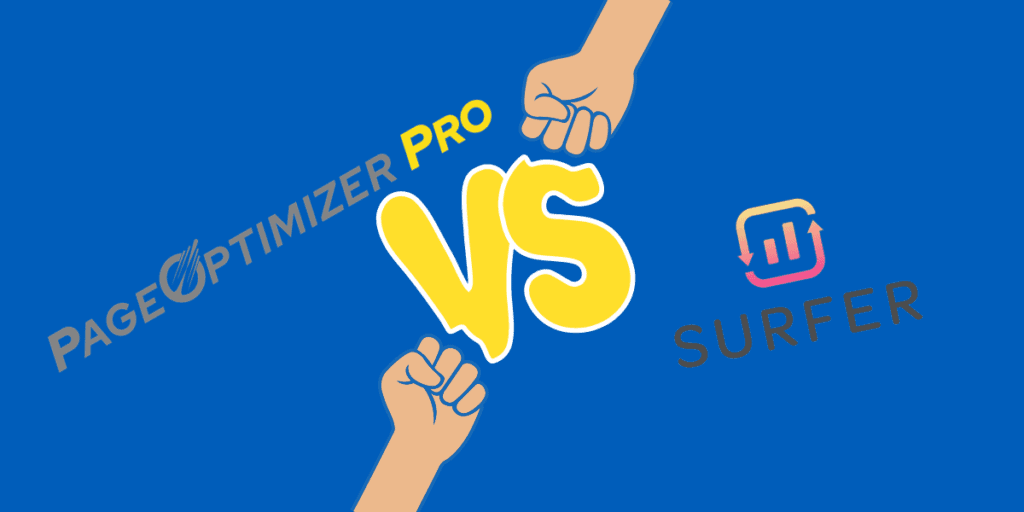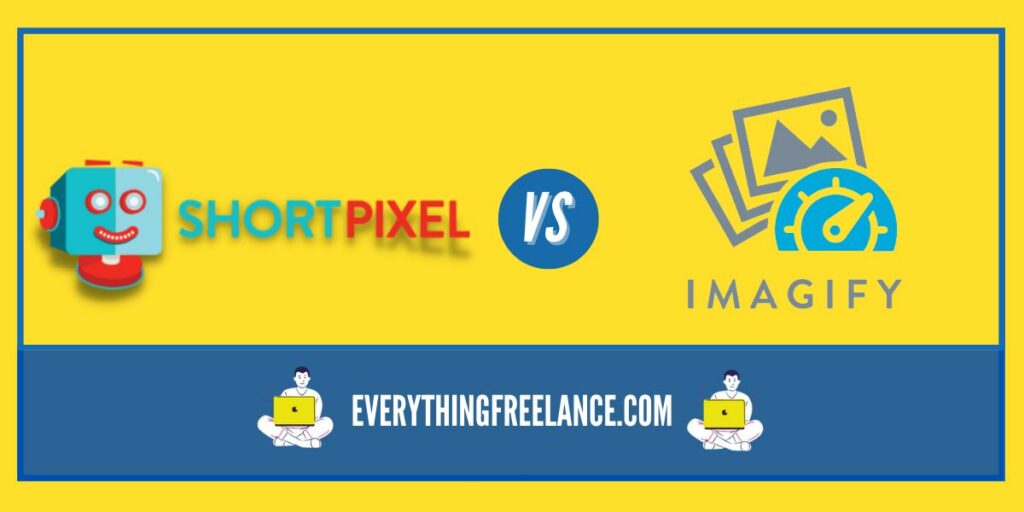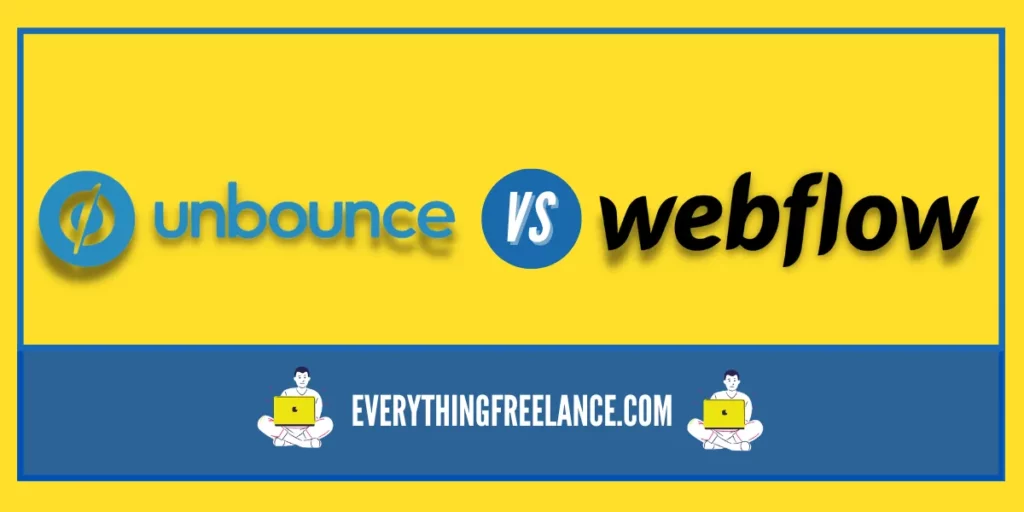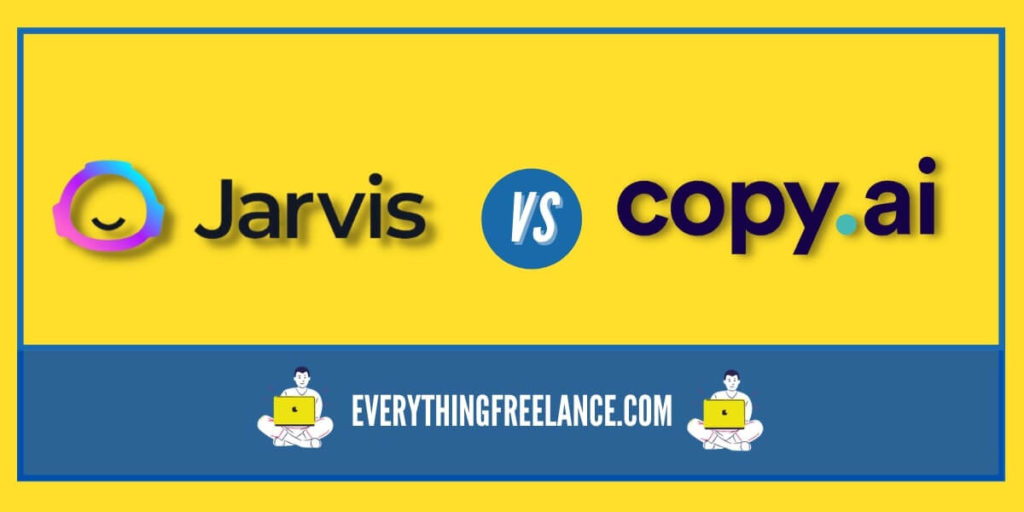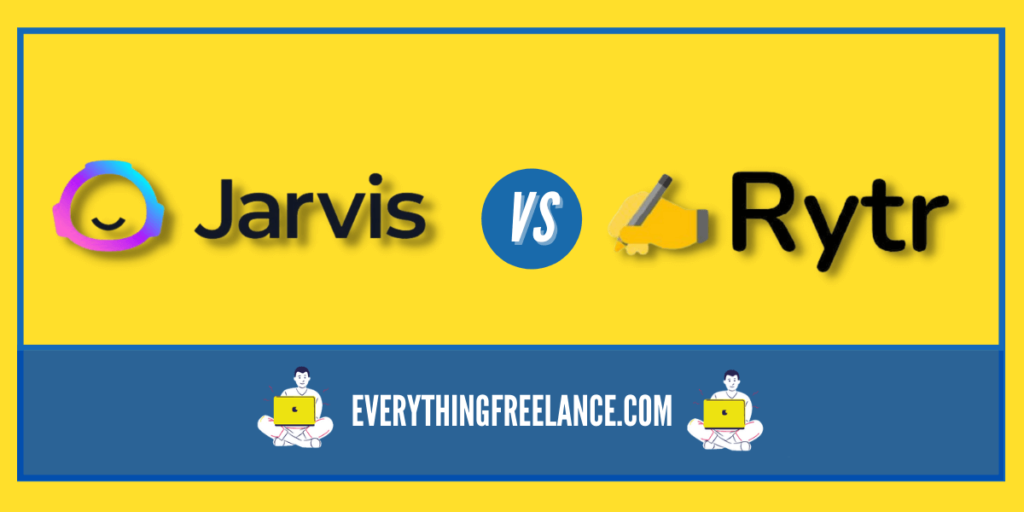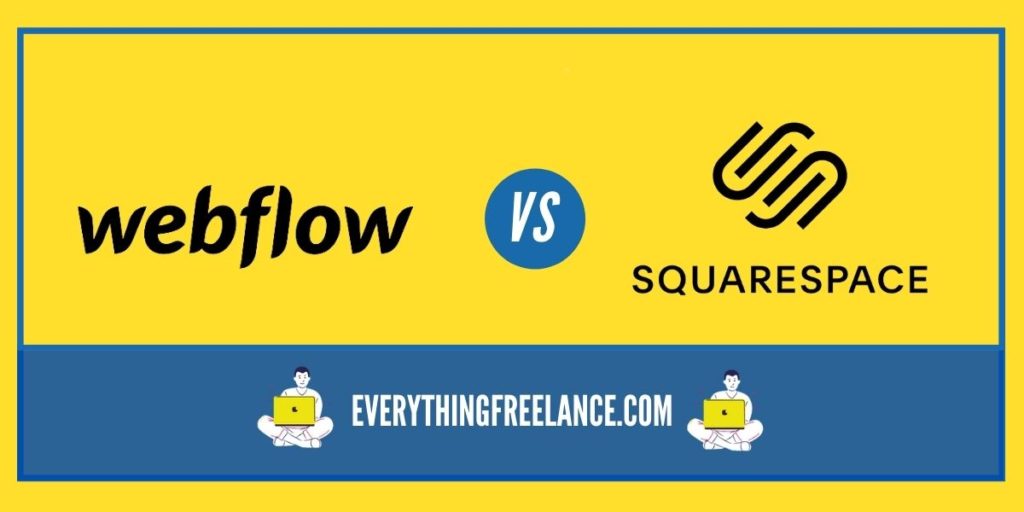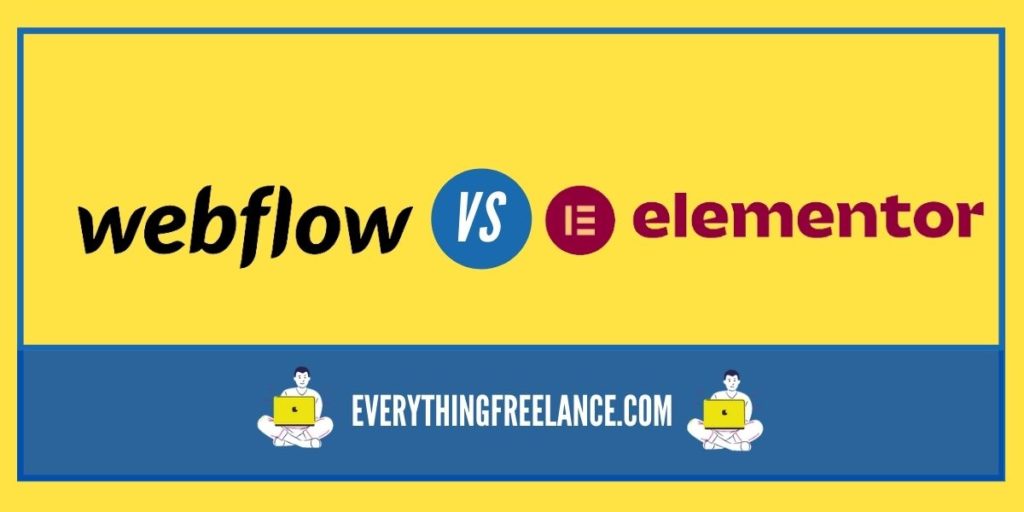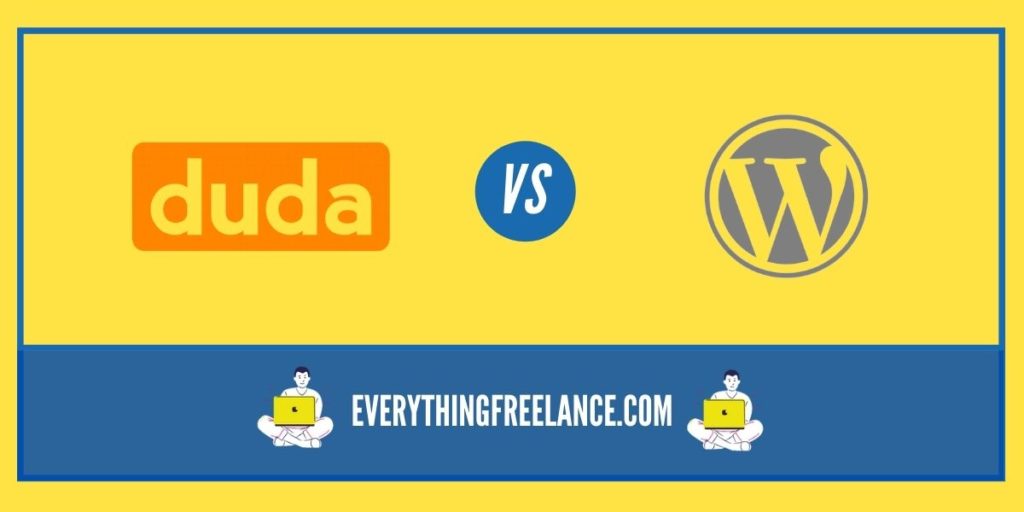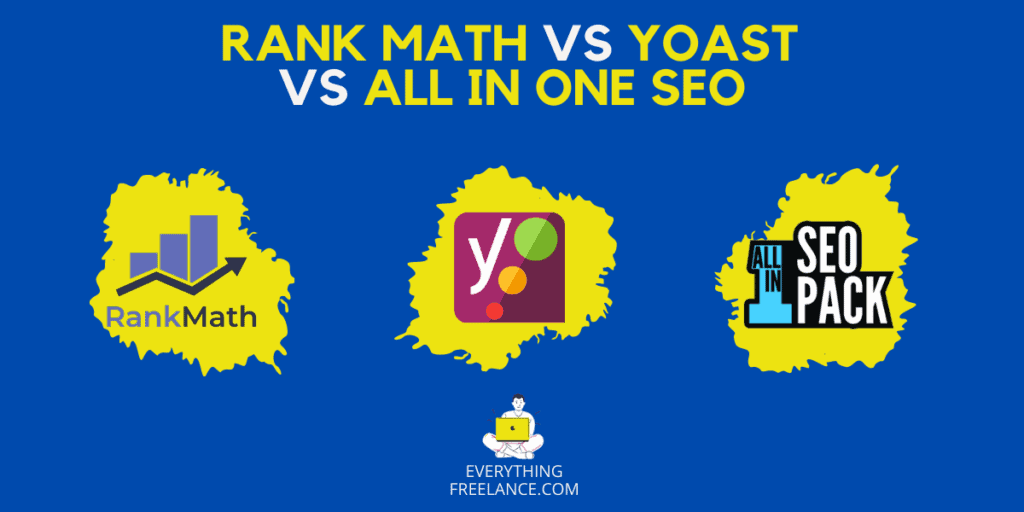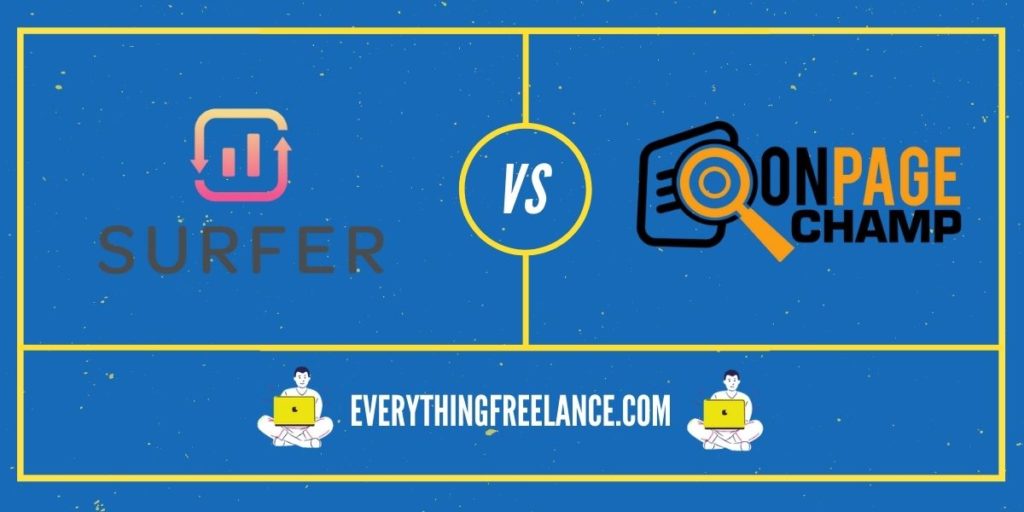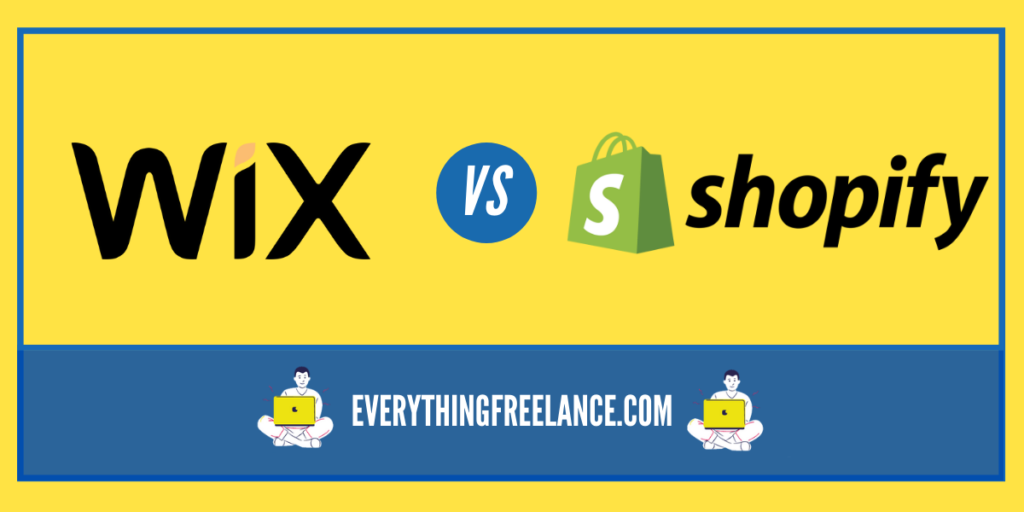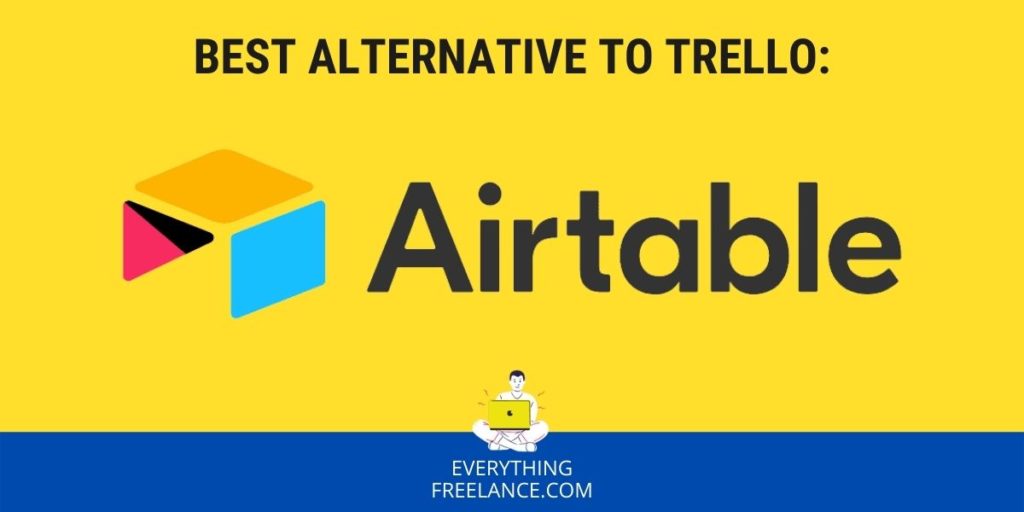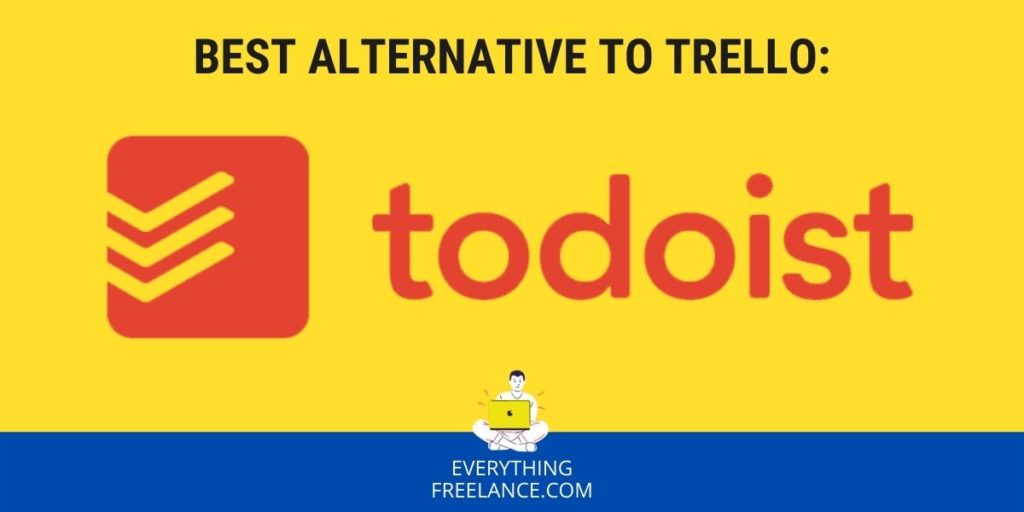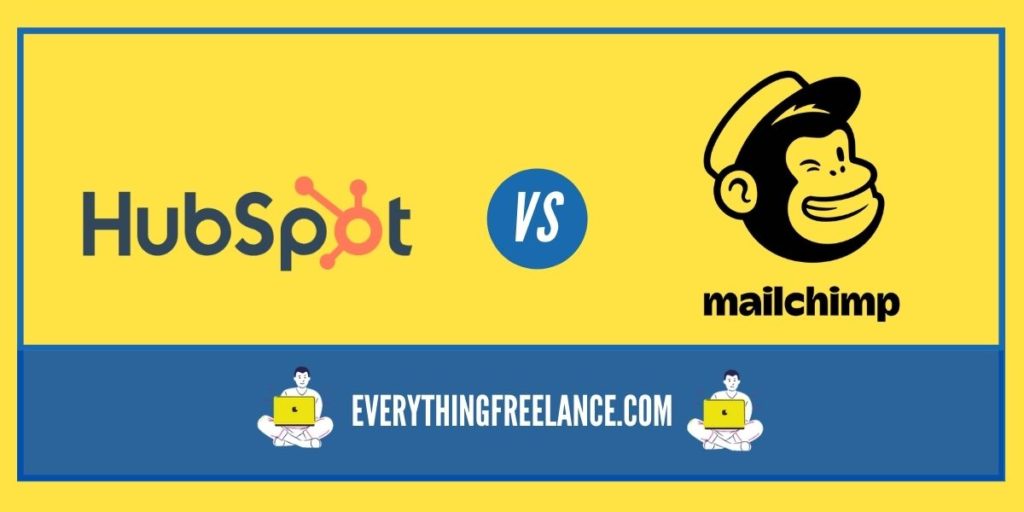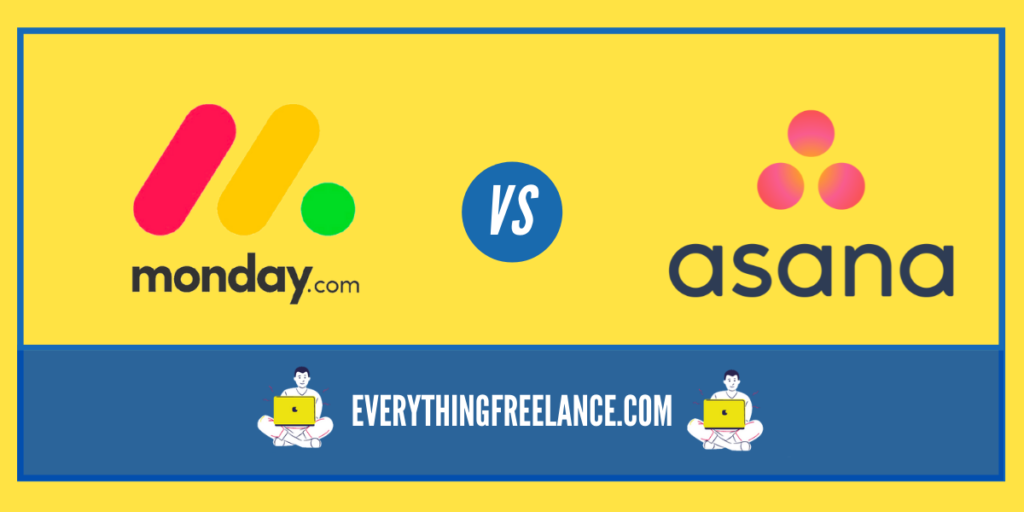Email marketing has changed significantly in the past few years as technology evolves, and more businesses move online. Staying up-to-date on the latest email technologies is crucial for modern marketers – but it is hard to keep track of all the new features, functionality, and services available.
One of the biggest challenges facing marketers looking at different platforms is picking out which one will best meet their needs. Here we’ll closely examine two popular options: Klaviyo vs. Mailchimp. We’ll compare features like pricing models, ease of use, and customer support – so you know exactly which platform suits your business workflow.
Introduction
Email marketing platforms are online software solutions designed to help businesses easily create and manage email campaigns. These tools provide a range of features that allow users to design eye-catching emails, segment their audiences, measure results, and more.
An effective email marketing platform allows users to easily create stunning emails that engage customers, allowing businesses to maximize their reach and grow their customer base. By segmenting their audiences, businesses can use their messages to target just the right group.
A good email marketing platform should support add-ons/integrations with other tools that give you access to even more features like customer behavior tracking or analytics.
Klaviyo vs. Mailchimp at a Glance
Klaviyo and Mailchimp are known in the industry as popular email marketing platforms designed to help businesses with email campaigns. Klaviyo is a robust service with sophisticated automation capabilities that can be integrated with external tools and services. Klaviyo offers features such as personalization, segmentation, analytics, A/B testing, and more.
As a marketing platform, Mailchimp helps businesses create emails with easy drag-and-drop functions. It also includes powerful list management, automated segmentation capabilities, and the ability to send targeted messages based on customer behavior.
The main difference between Klaviyo and Mailchimp is the level of difficulty. While Klaviyo is designed for more advanced users who want access to complex features like automation and personalization, Mailchimp is simpler in design, making it ideal for beginners.
Klaviyo vs Mailchimp: Features Comparison
When deciding which tool best suits your needs, the first thing that comes to mind is their features. This is what makes or breaks the deal when it comes to using the full potential of a certain tool. Klaviyo and Mailchimp offer a range of features to help businesses create the best marketing campaigns.
Brief Overview of Klaviyo’s Features
Klaviyo’s advanced segmentation capabilities allow users to create highly personalized messages. Businesses can use these messages to target specific customer segments based on previous actions, behaviors, or demographics. Users can also track customer engagement over time and create detailed customer profiles, enabling them to deliver more effective campaigns.
The automation tools help users set up automated campaigns thanks to the customer actions like page views and previous purchases. Triggered by any number of events or conditions, this automation feature allows businesses to create tailored email journeys.
Klaviyo’s A/B testing capabilities are also worth mentioning. Users can test different versions of their emails against one another to determine which version is most effective in terms of open rate and click-through rate.
Shopify, Magento, Salesforce, and Google Analytics, are just some of the external services integrating with Klaviyo. This provides access to even more powerful features such as advanced analytics tracking, content marketing insights, and multichannel marketing capabilities.
Brief Overview of Mailchimp’s Features
Mailchimp’s features are designed to make email marketing simple and easy. The platform’s drag-and-drop design functions allow users to create eye-catching emails in minutes with no coding experience. Users can customize their campaigns with a range of templates, fonts, and colors.
The powerful list management capabilities enable users to easily segment their contact lists and target messages based on customer behavior. With the help of automated segmentation tools, users can quickly identify segments within their contact lists using pre-defined attributes such as location, purchase history, or age range. This helps create more targeted campaigns without having to sort through contacts manually.
Mailchimp has a comprehensive selection of add-on integrations that extend its capabilities even further. These include services such as Facebook Advertising, Google Ads, and SurveyMonkey – allowing for seamless multichannel marketing experiences across platforms.
Klaviyo vs. Mailchimp Feature Comparison
Comparing Klaviyo vs. Mailchimp features side-by-side gives us a more comprehensive view of each tool. Let’s see how they compare.
| Features | Klaviyo | Mailchimp |
|---|---|---|
| Design | Drag-and-drop editor with custom emails | Intuitive drag-and-drop editor with professionally designed templates |
| Segmentation | Advanced segmentation based on behavior, demographics, etc. | Segmentation based on customer characteristics or behaviors |
| Automation | Powerful automation tools, multistep flows, conditional logic rules | Automation based on customer actions like page views and purchases |
| A/B Testing | Ability to test multiple metrics, such as open rates and click rates | A/B testing capabilities for open rates and click-through rates |
| Integrations | Integrates with Shopify, Magento, Salesforce, Google Analytics, etc. | Integrates with Facebook Advertising, Google Ads, SurveyMonkey, etc. |
Design
They both offer a drag-and-drop editor. Klaviyo’s drag-and-drop design editor allows the creation of custom emails, but it has a deeper learning curve. Meanwhile, Mailchimp’s editor is more intuitive and offers hundreds of professionally designed templates – making it easy to create stunning emails in no time.
Segmentation
Klaviyo’s advanced segmentation capabilities enable users to target messages based on customer behavior, demographics, or other criteria. It also allows for targeted campaigns without manual sorting through contacts each time.
On the other hand, Mailchimp’s segmentation capabilities are slightly less sophisticated but no less effective. Users can easily create segments based on customer characteristics or behaviors.
Automation
Both Klaviyo and Mailchimp offer powerful automation tools that enable users to set up automated campaigns based on customer actions such as page views and purchases. However, Klaviyo offers more detailed automation capabilities, such as multistep automation flows and conditional logic rules.
A/B Testing
A/B testing is a popular feature among email marketers because it allows testing different email versions against one another to determine the most effective one in terms of open rate or click-through rate. Both tools offer these A/B testing capabilities. Klaviyo’s tools may be slightly more powerful with the ability to measure multiple metrics at once (i.e., open rates, click rates, etc.).
Integrations
Both tools allow integrations with other external services to improve the working process. Klaviyo integrates with a wide variety of external services such as Shopify, Magento, Salesforce, and Google. Mailchimp has a comprehensive selection of add-on integrations that extend its capabilities further. This includes services such as Facebook Advertising, Google Ads, and SurveyMonkey.
Klaviyo vs. Mailchimp: Pricing Comparison
We won’t argue that price is one of the major issues when selecting the right tool, although it should not be the only decisive factor. Price is probably the biggest difference we’ll come across when comparing Klaviyo vs. Mailchimp.
Mailchimp Pricing Plans
The idea behind Mailchimp pricing is paying based on the following four principles:
- number of subscribers or contacts a business has
- number of seats or unique logins the business wants
- number of sends or emails sent per month
- number and type of features used
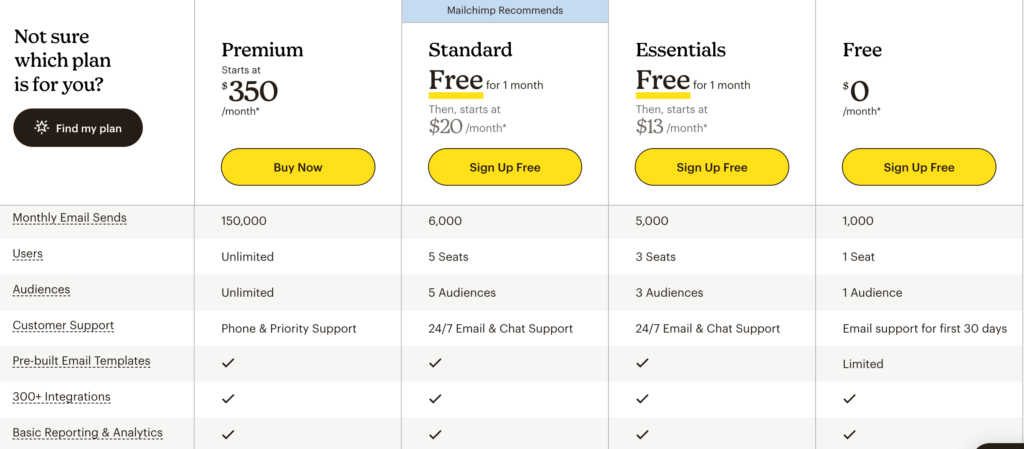
Free, Essentials, Standard, and Premium and the four plans offered by Mailchimp.
- Free plan – includes up to 1 seat, 1,000 sends per month, and basic features such as contact management, email design, and analytics.
- Essentials plan – costs $13 per month and allows users to send emails to up to 5,000 contacts each month with 3 seats. This plan also includes advanced segmentation capabilities and automation tools.
- Standard plan – costs $20 monthly and is ideal for larger businesses with higher-volume send campaigns. This plan provides 6,000 sends, with 5 seats, with enhanced automated customer journeys.
- Premium plan – the highest tier of service at $350 per month. This plan is best suited for enterprise-level companies with large amounts of data who need specialized solutions for their email marketing needs.
Klaviyo Pricing Plans
Klaviyo has a simpler pricing policy. You get all the features, but it comes with a price tag. Their pricing is purely based on the number of subscribers you have.
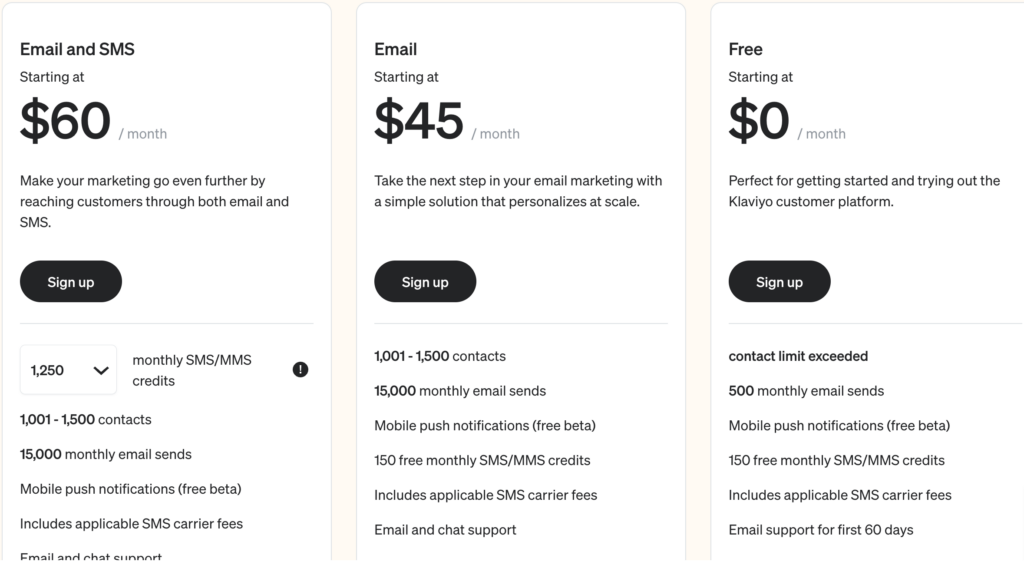
Klaviyo offers three pricing plans for users: Free plan, Email + SMS plan, and Email Plan. All three plans come with a generous selection of features, including contact management, email design, analytics, and segmentation capabilities.
- Free plan – this plan is completely free and has features that allow users to send emails to up to 500 contacts a month. The basic features include contact management, analytics, and email design, but it has limited automation tools.
- Email plan – the lowest service tier at $45 per month (billed annually). This plan allows users to send emails to up to 1,000 contacts monthly with enhanced automated customer journeys.
- Email + SMS plan – costs $60 per month and gives users access to advanced segmentation capabilities, automation tools, and the ability to send 15.000 emails and SMS messages to up to 1,500 contacts.
Choosing the Right Klaviyo vs Mailchimp Pricing Plan
Both Klaviyo and MailChimp have something for every budget size, from small businesses just starting with email marketing to experienced ones. You can either take advantage of Klaviyo’s generous offering of features in its Free plan or MailChimp’s basic but robust features in its Essentials package.
Large enterprise-level companies looking for more detailed reporting tools or custom integrations can opt for Klaviyo’s Email+SMS package or MailChimp’s Premium tier of service. Mailchimp’s Essentials plan is best suited for mid-level businesses that need basic yet comprehensive email marketing tools. The Standard and Premium plans are best for enterprise-level companies with large amounts of data who need specialized solutions for their email marketing needs.
Klaviyo vs Mailchimp: Ease of Use and User Interface
Both Klaviyo and Mailchamp are pretty straightforward tools. Klaviyo’s user interface is intuitive and easy to navigate. The drag-and-drop email builder makes creating custom emails without coding knowledge easy. Klaviyo also provides pre-built templates for quick email customization with minimal effort.
However, Klaviyo’s email builder is designed for people who know exactly what they want to achieve with a particular email. So if you are an experienced email marketer, Klaviyo will be a walk in the park.
Unlike Klaviyo, Mailchimp’s user interface is also easy to use but designed with a layperson in mind. This is a more suitable choice for those new to email marketing, as Mailchimp will guide you through the process. If you are just opening your online store, Mailchimp would be the right choice.
Mailchimp has a selection of pre-made templates for users to choose from, but these are not as comprehensive as Klaviyo’s. Mailchimp’s analytics dashboard does not provide the same level of detail or real-time data that Klaviyo does. The basic email builder offers limited customization options for users who don’t want to code their emails in HTML/CSS.
Klaviyo stands out by offering a user interface that is both simple and intuitive while providing advanced features such as automation tools and enhanced customer journeys. Klaviyo may be easier for those who already have some experience with email marketing – but Mailchimp’s simplicity makes it ideal for beginners looking to get started quickly.
Klaviyo vs. Mailchimp: Customer Support
No matter how experienced we may be, a little help is always welcomed. Learning to use a new tool is always a challenge and knowing the essentials will help us get the most out of the tool. This is where all of us need a helping hand. Both Klaviyo and Mailchimp offer excellent customer support, with Klaviyo slightly advancing in the race.
Klaviyo’s customer support team is experienced and knowledgeable, with a high level of expertise when it comes to email marketing. This ensures Klaviyo customers get the help they need regardless of the complexity or urgency of their issue.
This platform provides users with comprehensive customer support options, from live chat to phone support. It has a detailed knowledge base full of step-by-step instructions, webinars, training sessions, and more. It offers dedicated onboarding and implementation services for users who need more personalized support.
On the other hand, Mailchimp’s resources are less comprehensive, meaning that more experienced users may find themselves getting frustrated. It offers guides and tutorials but doesn’t offer 24/7 chat support unless you have one of the paid plans.
Phone and priority support is a rather expensive option, so your best shot is using Snail Mail. Another disadvantage of Mailchimp is that it does not offer any personalized onboarding or implementation services.
Quality of Customer Support of Klaviyo and Mailchimp
The quality of Klaviyo’s customer support is excellent, with a team of experienced professionals available to provide personalized assistance. Their experts are knowledgeable and responsive, and they have a high level of expertise when it comes to email marketing. This ensures that Klaviyo users will always get the help they need, regardless of the complexity or urgency of their issue.
We can also say that Mailchimp provides a good quality customer support service, with knowledgeable professionals who can quickly answer customers’ inquiries. However, MailChimp lacks in the department of personalized onboarding or implementation, as well as direct communication with customers.
Overall, Klaviyo stands out from Mailchimp in terms of customer support quality due to its comprehensive approach to helping customers. Klaviyo’s combination of customer service options and its superior quality, makes it the better choice for those who require assistance with setting up their email marketing campaigns or who may be new to using such platforms.
Klaviyo vs Mailchimp: Integrations and Add-Ons
One of the key factors of modern email marketing is seamless integration allowing the latest updates and advanced customer segmentation. Both Klaviyo and Mailchimp offer a wide array of integrations and add-ons, allowing customers to easily connect their email marketing platforms with other software programs. However, their approach slightly differs.
Klaviyo’s integration options include popular e-commerce platforms such as Shopify, WooCommerce, Magento, and BigCommerce, along with numerous other technologies such as Google Ads and Salesforce. The tool is built for businesses that already have established online stores. Klaviyo allows for more specific and in-depth integrations, which some companies may find more appealing.
On the other hand, Mailchimp leans more towards those starting in the e-commerce industry. It offers a whole spectrum of integrations to choose from, including web analytics tools, CRM systems, and marketing automation software. However, there is one setback with Mailchimp. It doesn’t integrate with Shopify due to ending the partnership, which some customers may find inconvenient.
Both platforms also provide users with the ability to customize their integrations through Klaviyo’s API (Application Programming Interface) or Mailchimp’s Zapier service. This allows users to create automated workflows tailored specifically to their business needs – something that Klaviyo does better than most competitors thanks to its powerful segmentation engine.
Klaviyo and Mailchimp offer similar integration options though Klaviyo has the edge due to its powerful segmentation engine. Klaviyo also offers users more customization options for creating unique workflows – making it the better choice for those who require more flexibility when connecting different software programs.
Conclusion
Klaviyo vs. Mailchimp offers something for everyone. They both offer extensive integration options and add-ons for users to leverage. And while it seems that they offer the same marketing automation features, there are still differences when talking about functionality.
Klaviyo stands out due to its greater flexibility and customization capabilities and offers excellent segmentation and integrations, but it does come with a price tag. More experienced users may find Klaviyo to be a better choice considering the fantastic predictive analytics and high-powered tools.
Mailchimp is a more affordable option, suitable for those who prefer an easier setup process. It offers a whole range of useful marketing tools for those starting in the e-commerce business.
Therefore, if you are looking to customize your email marketing strategy with a powerful segmentation engine, then Klaviyo would be the better choice. If you are on the lookout for a simpler setup, then by all means go with Mailchimp.


